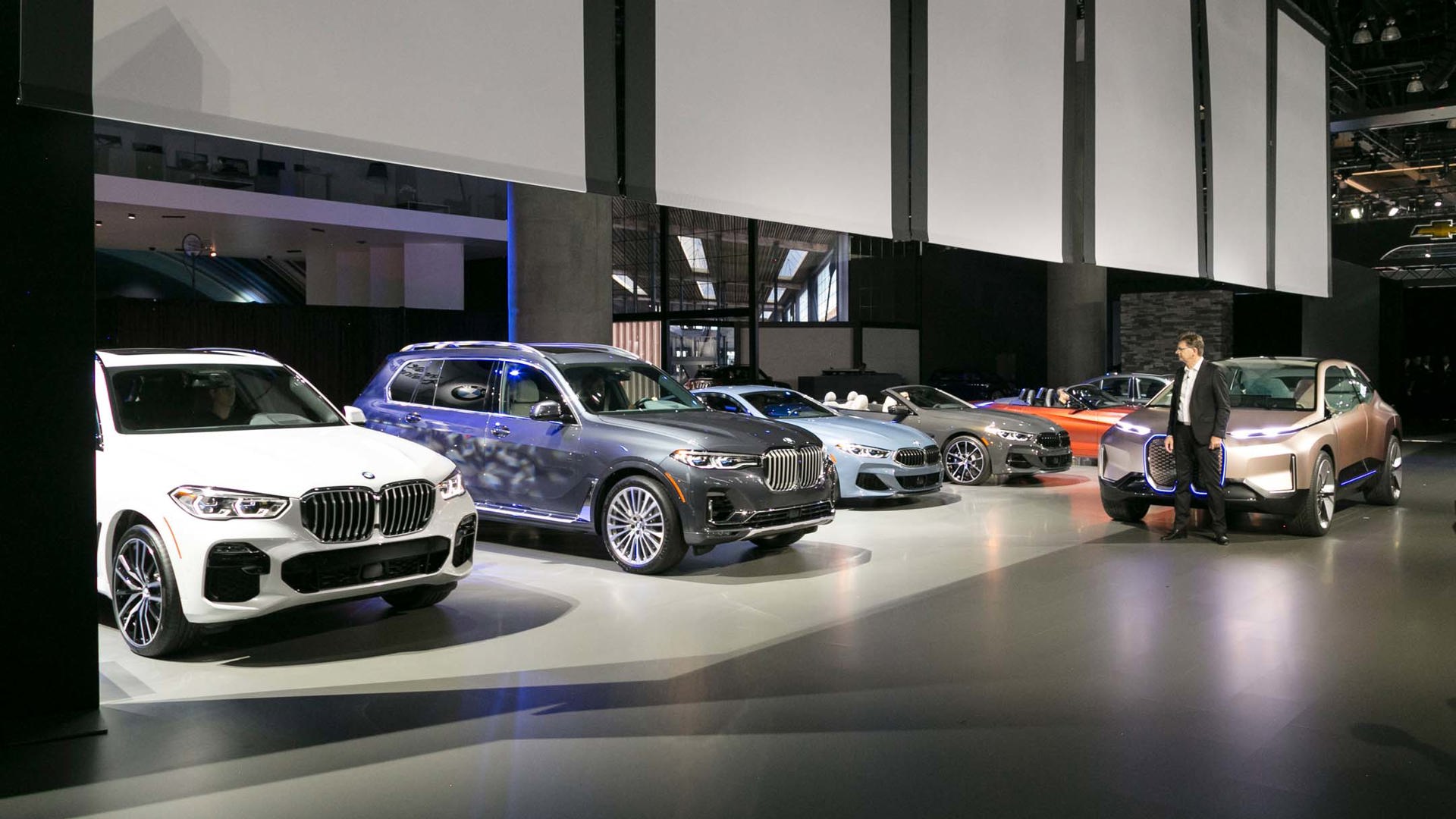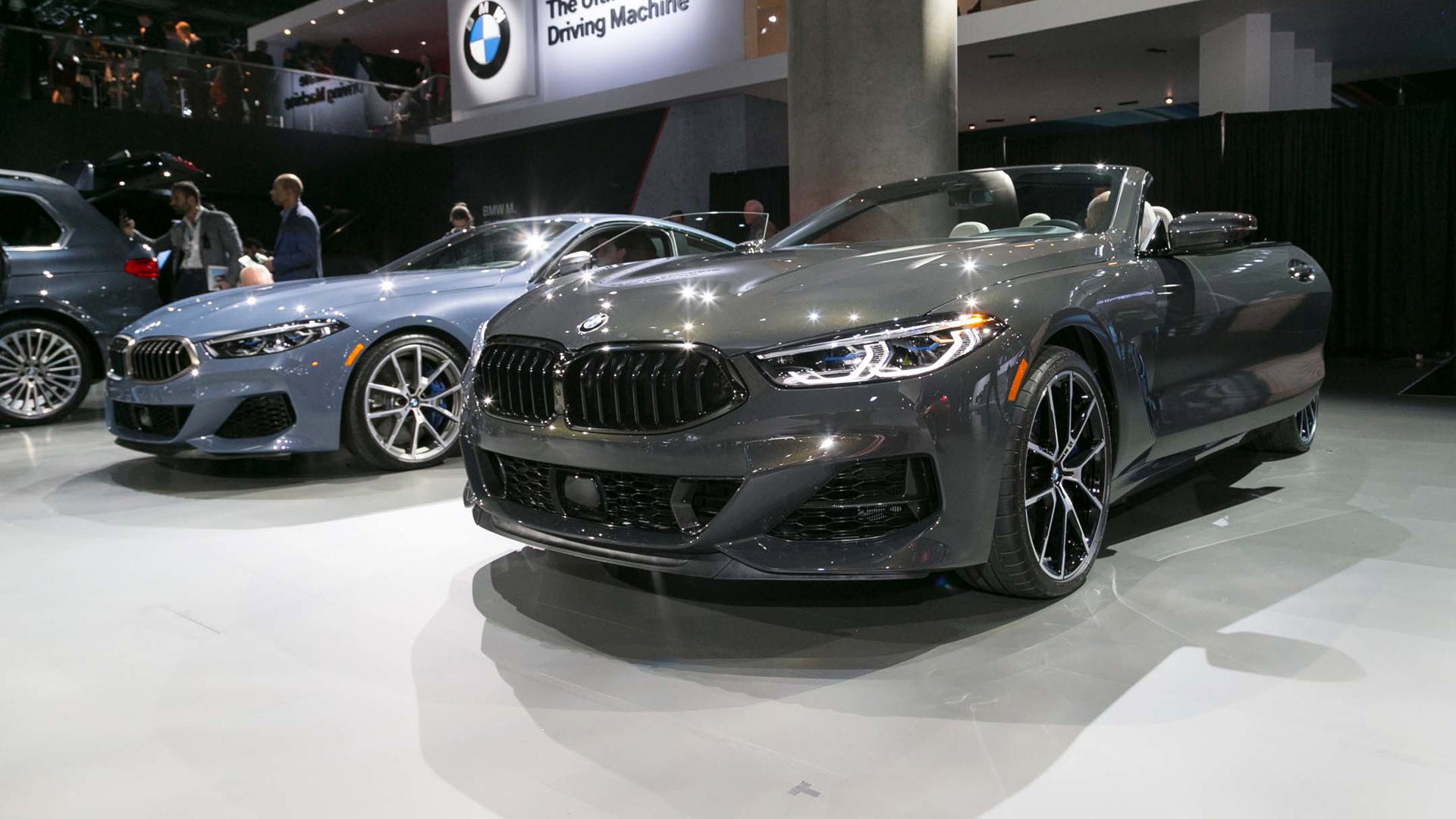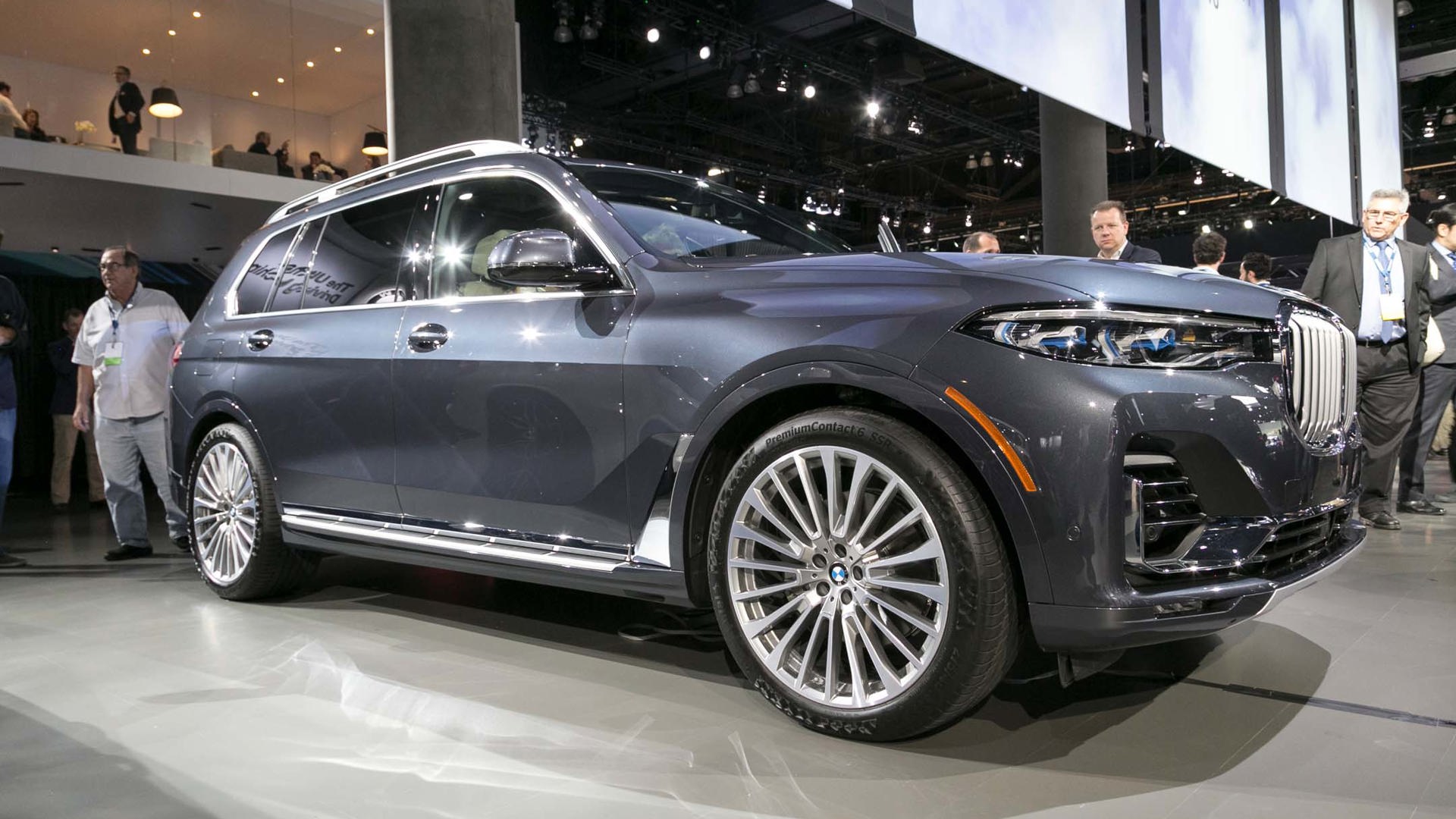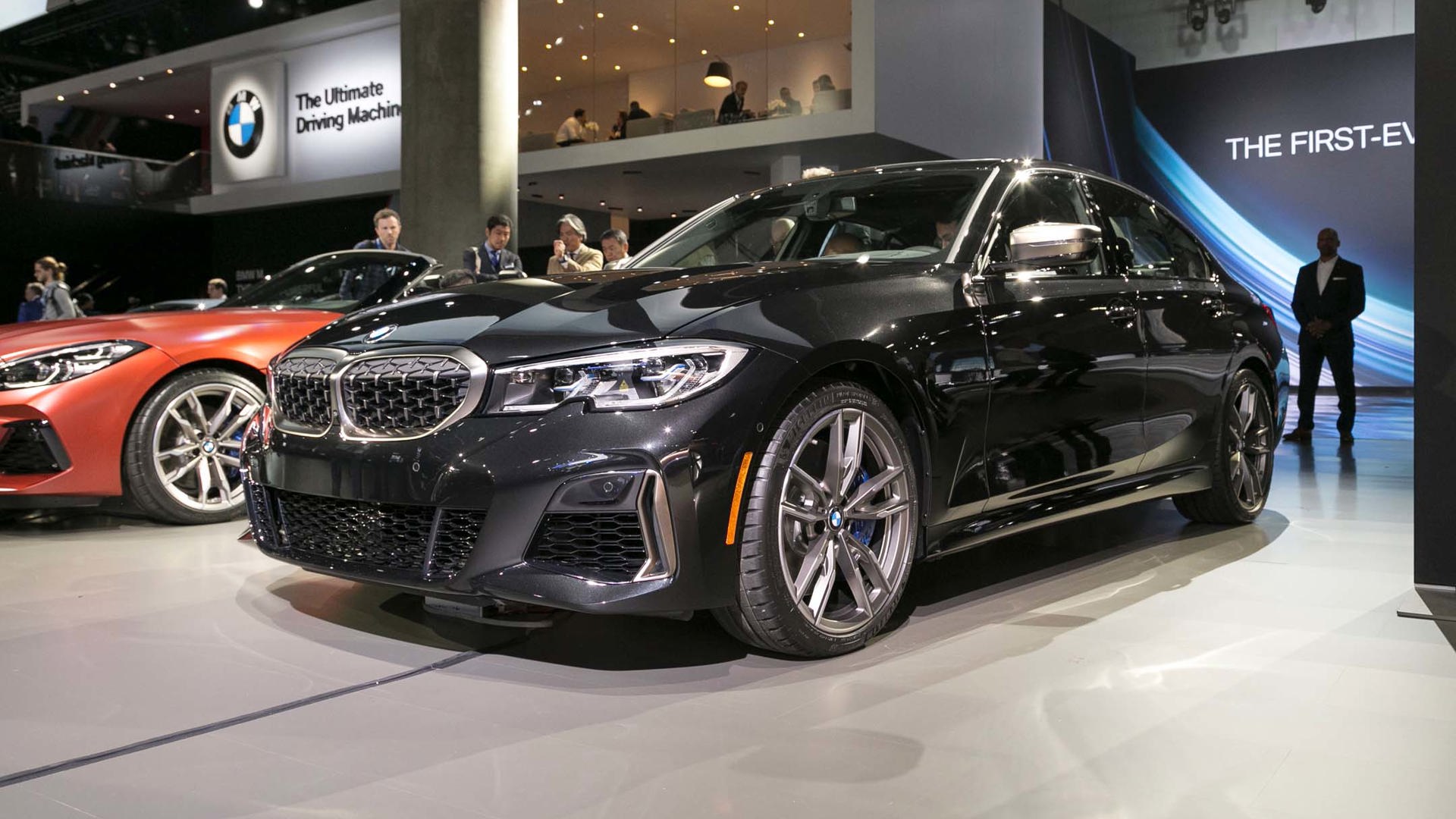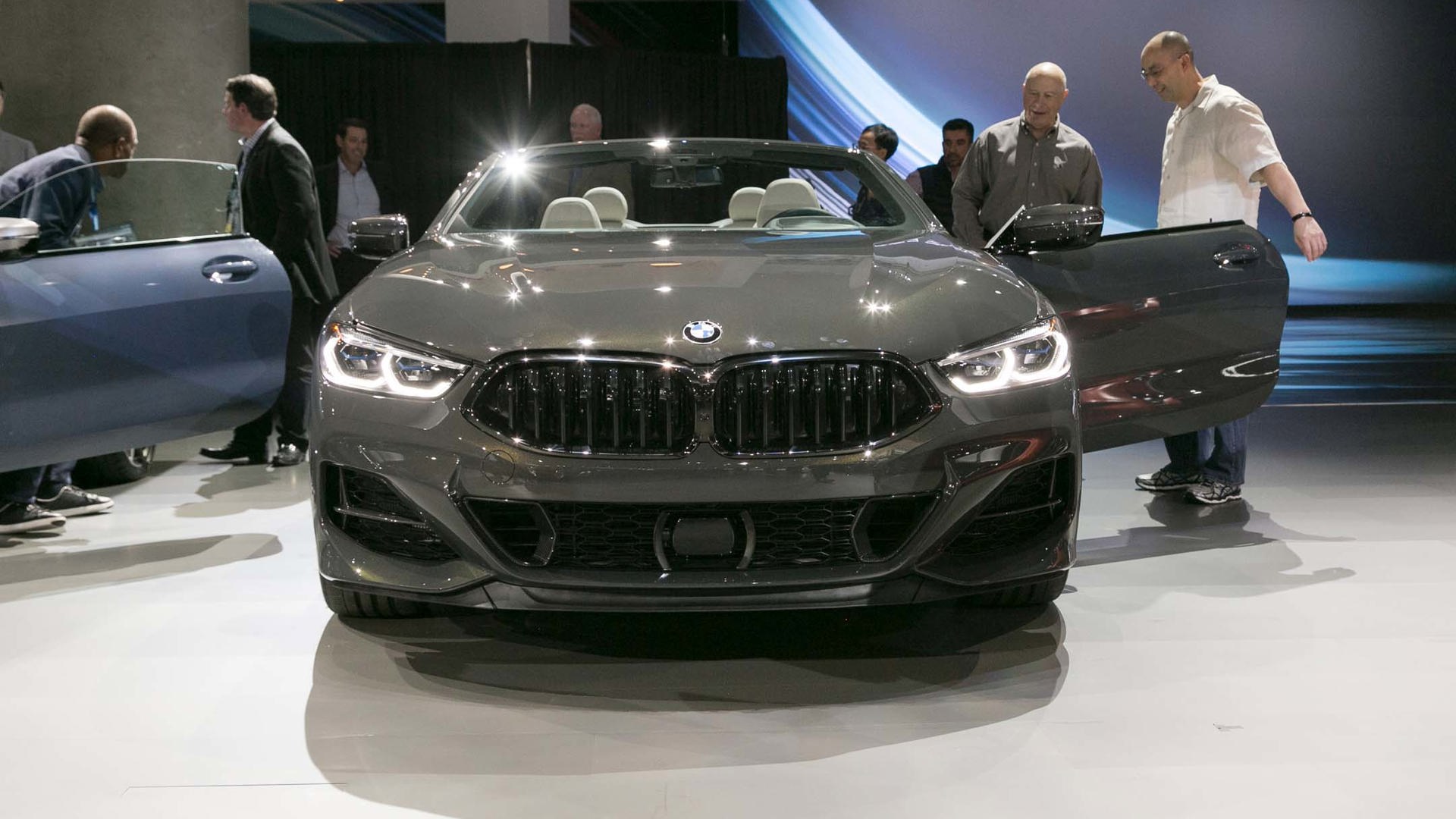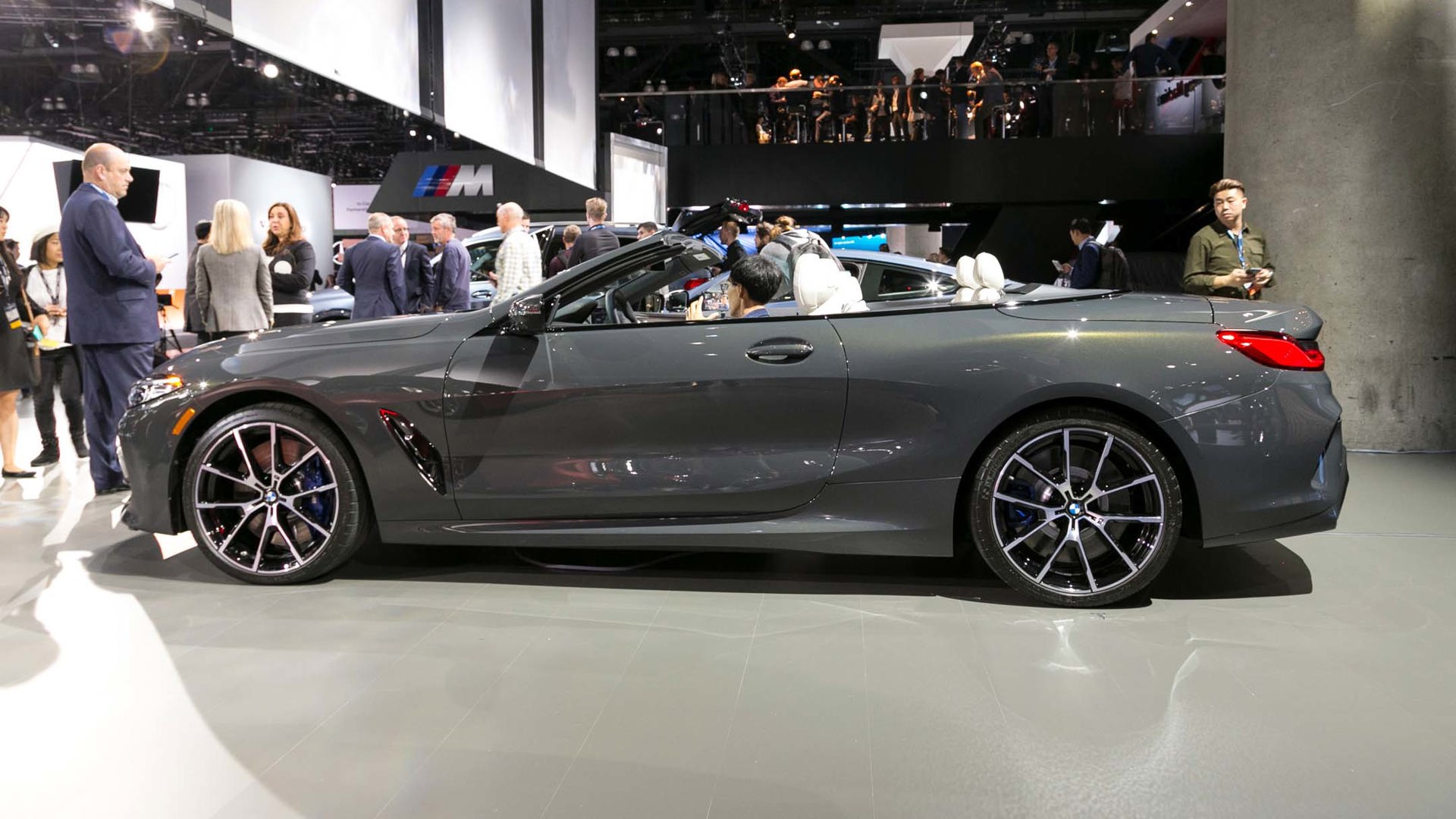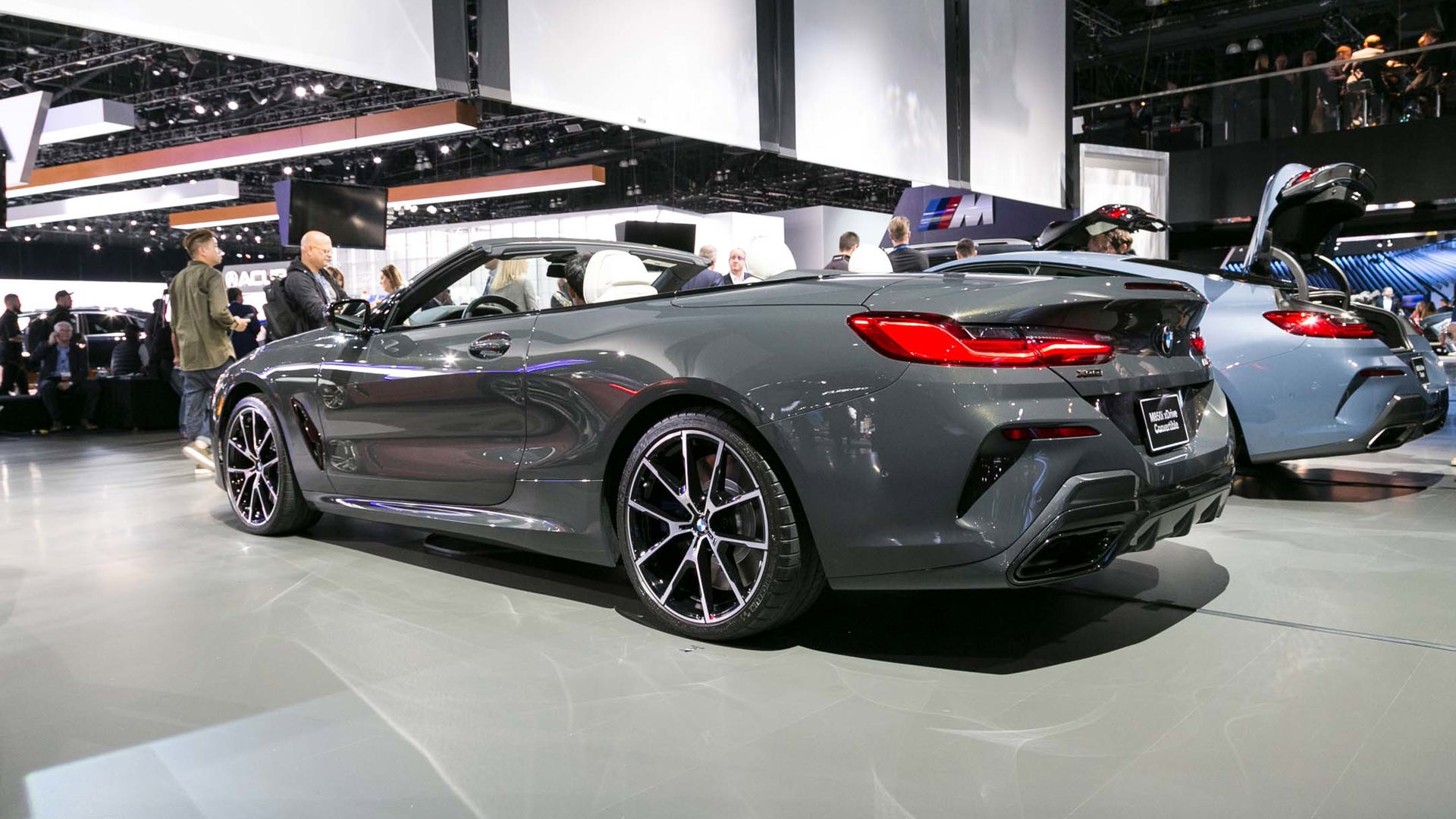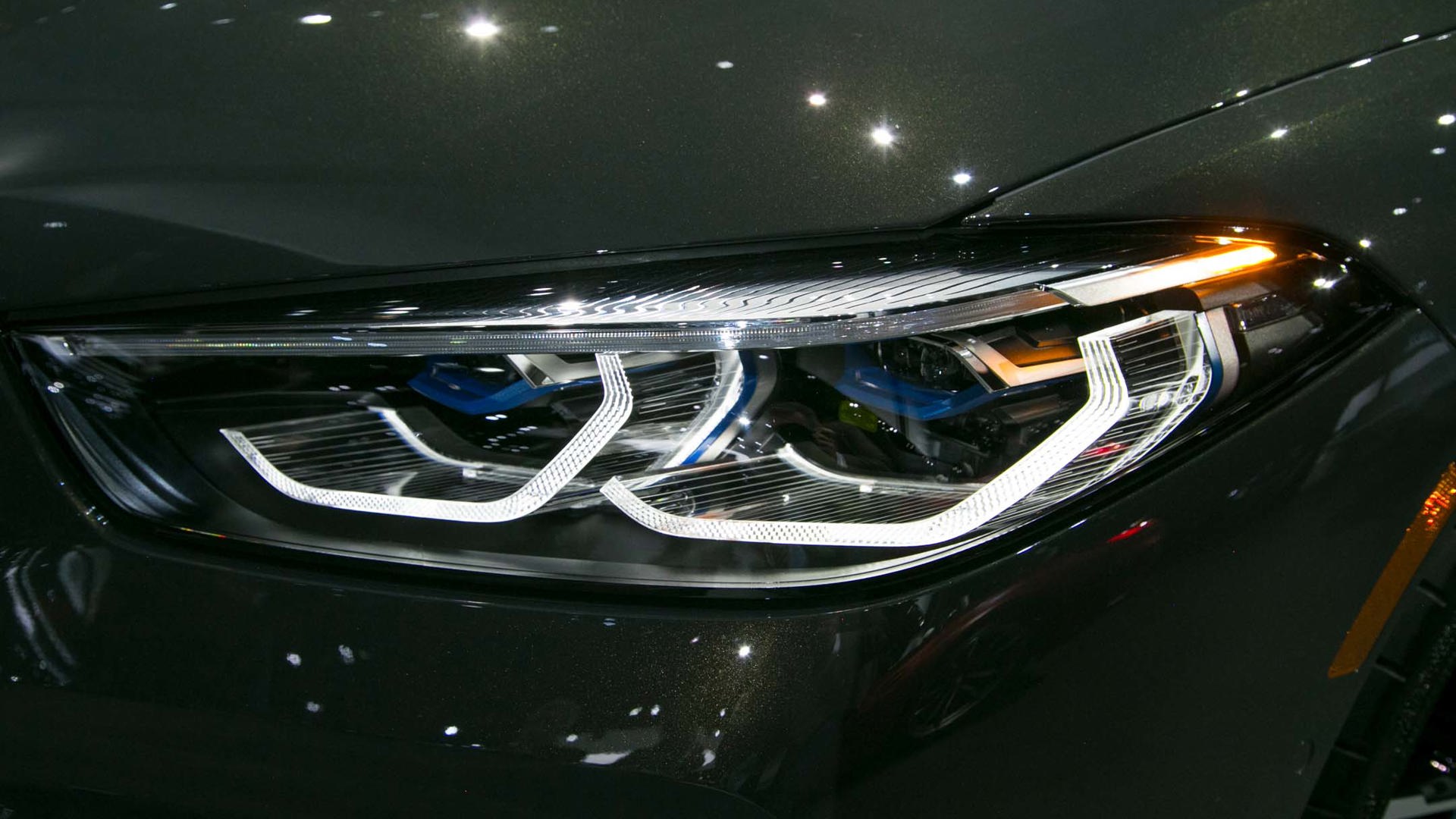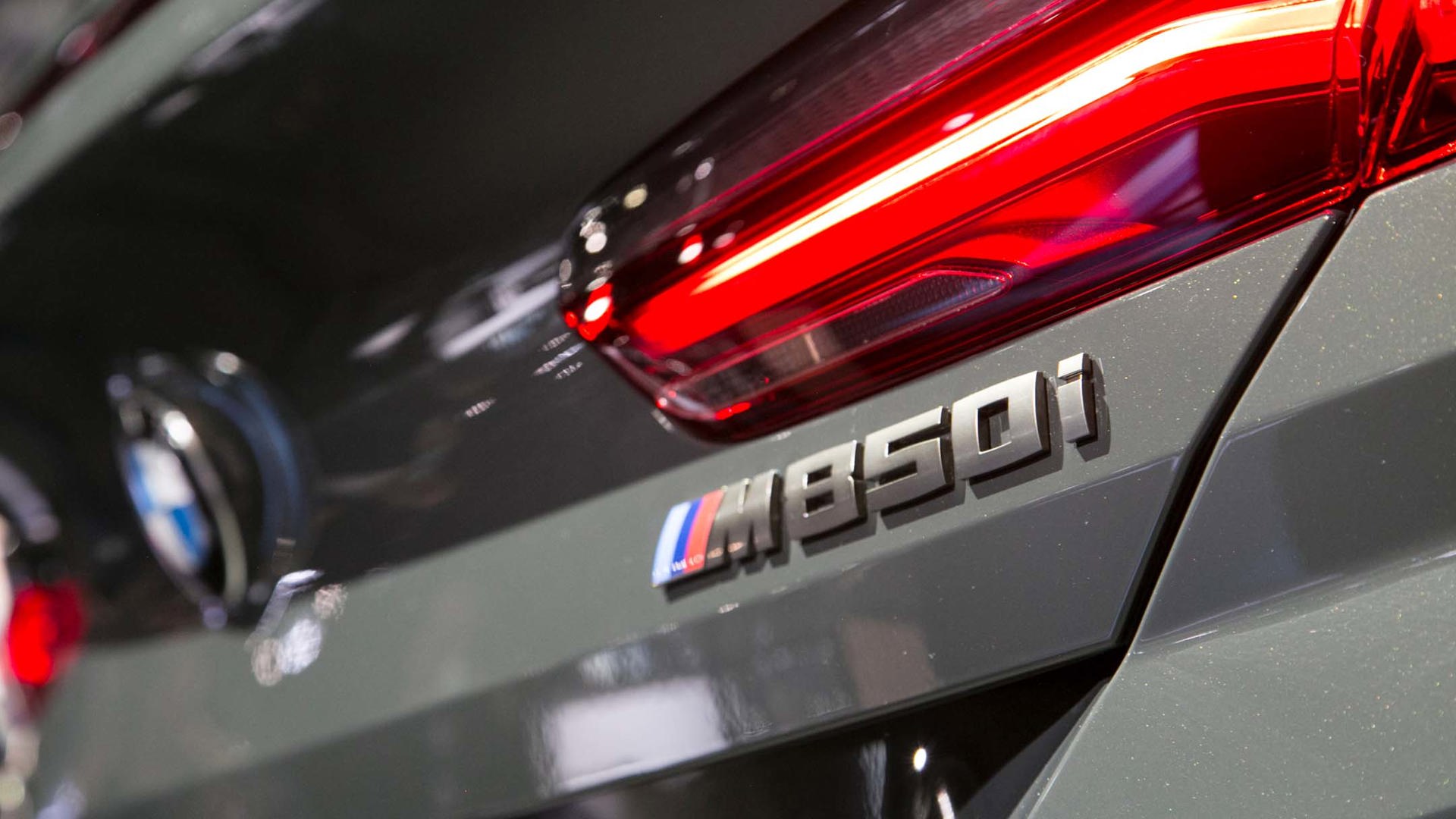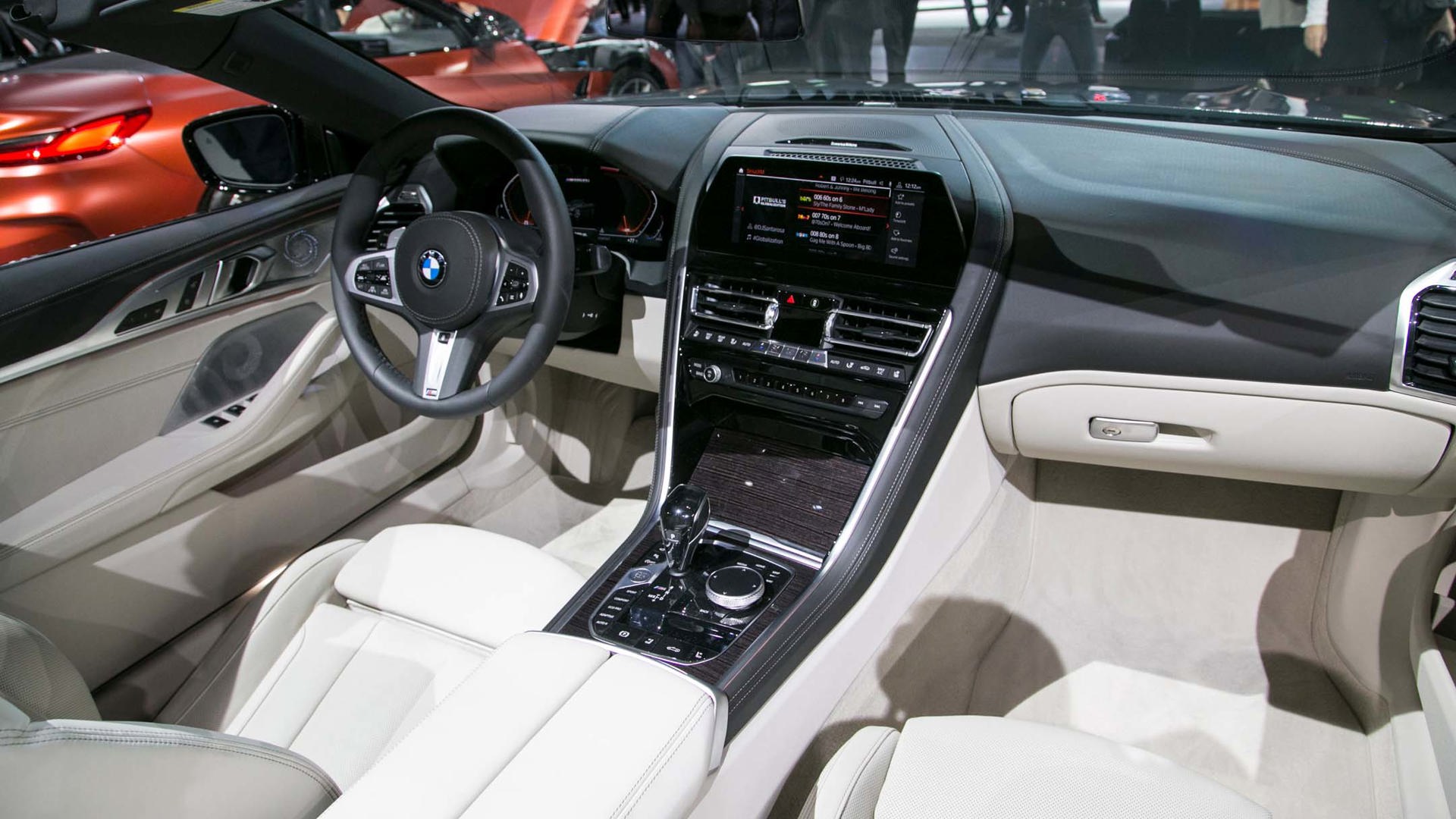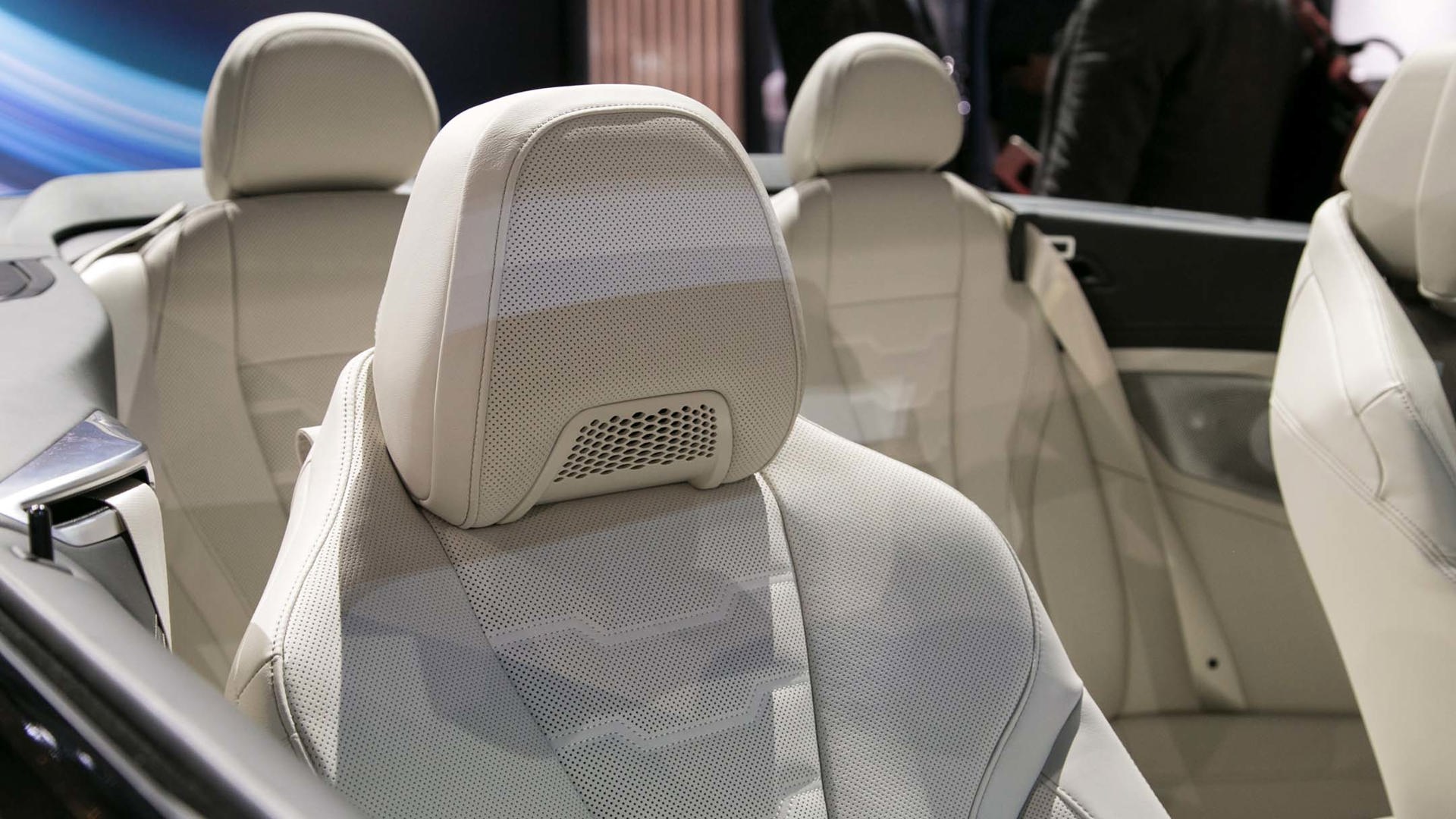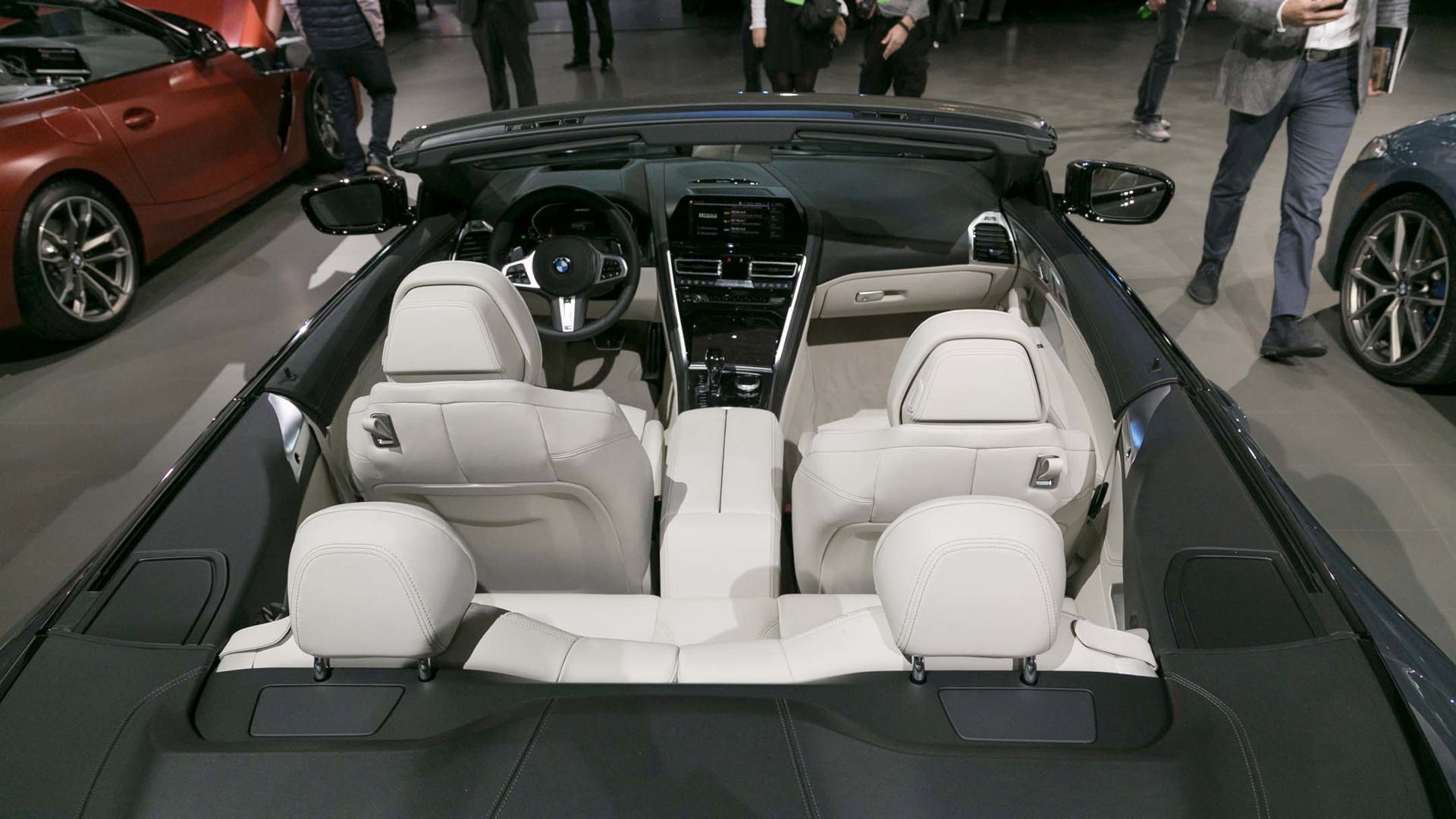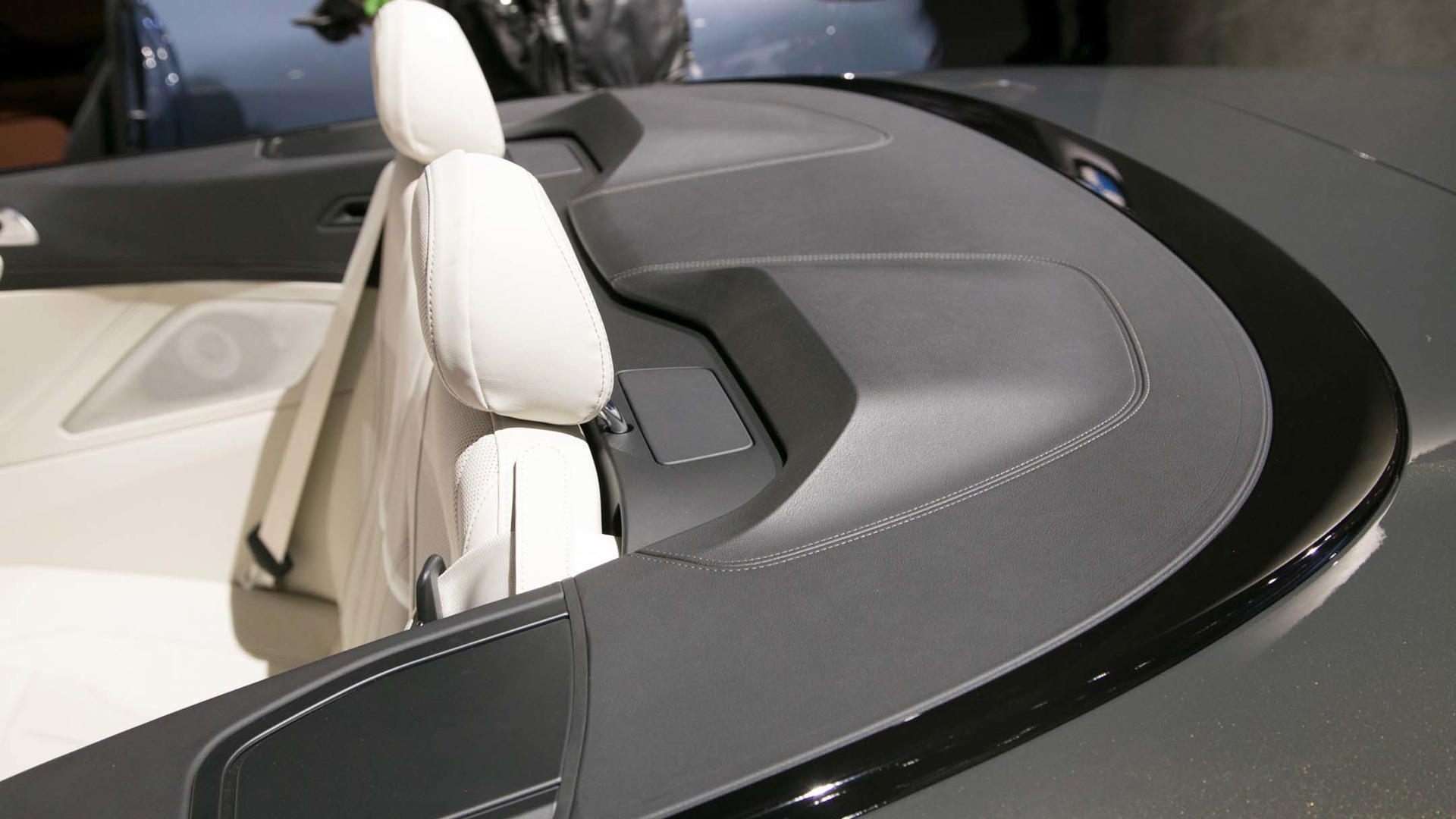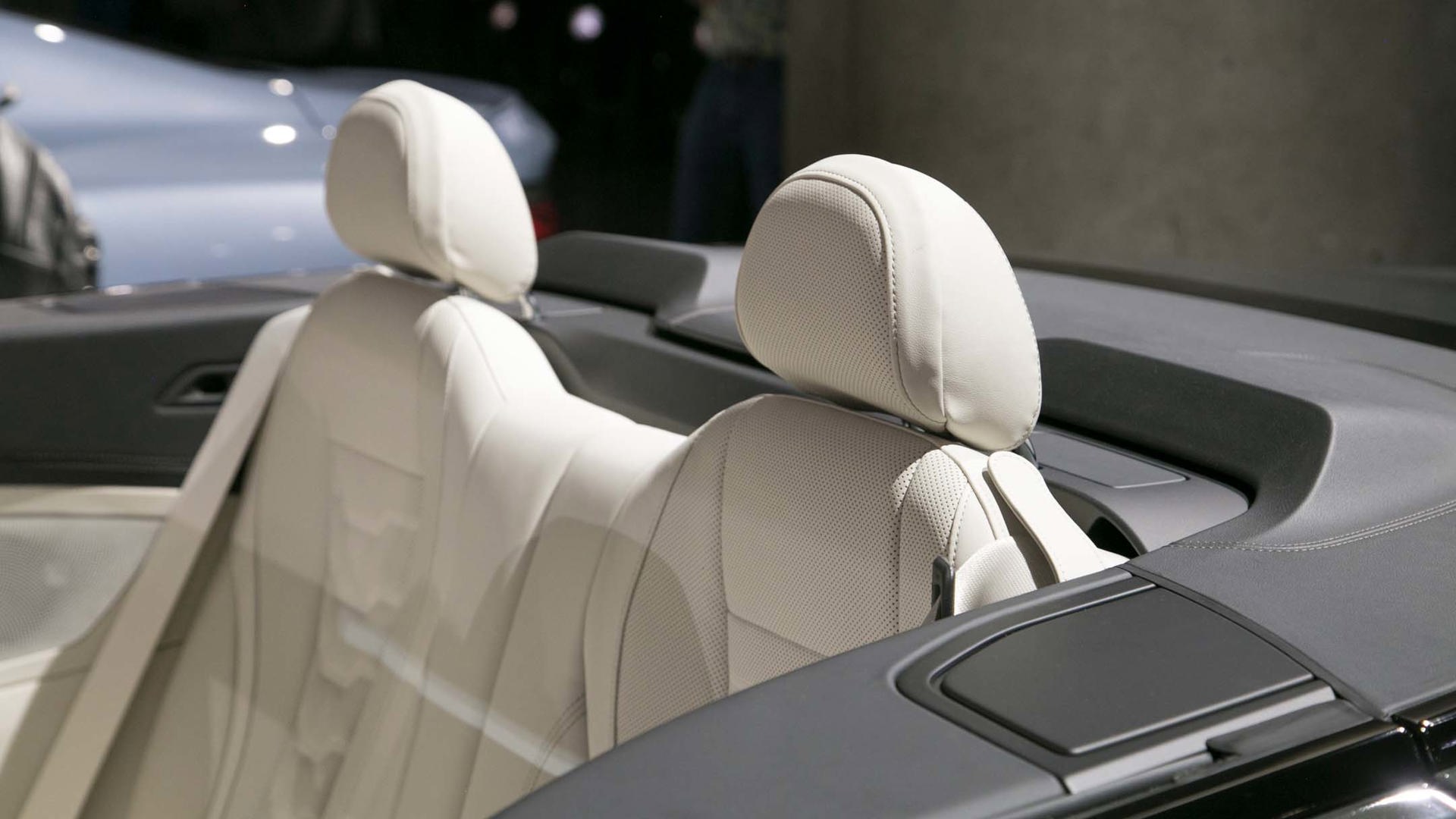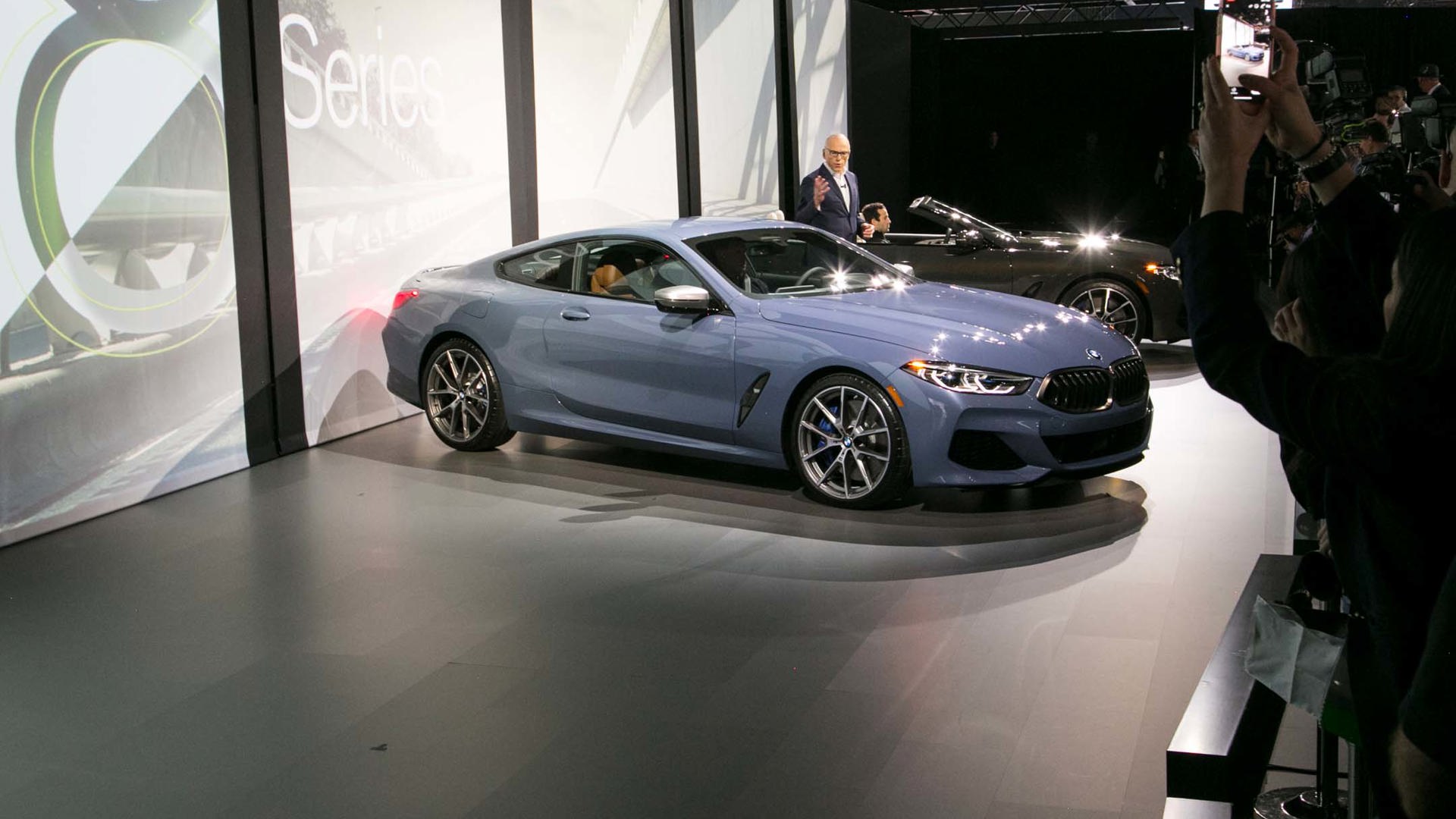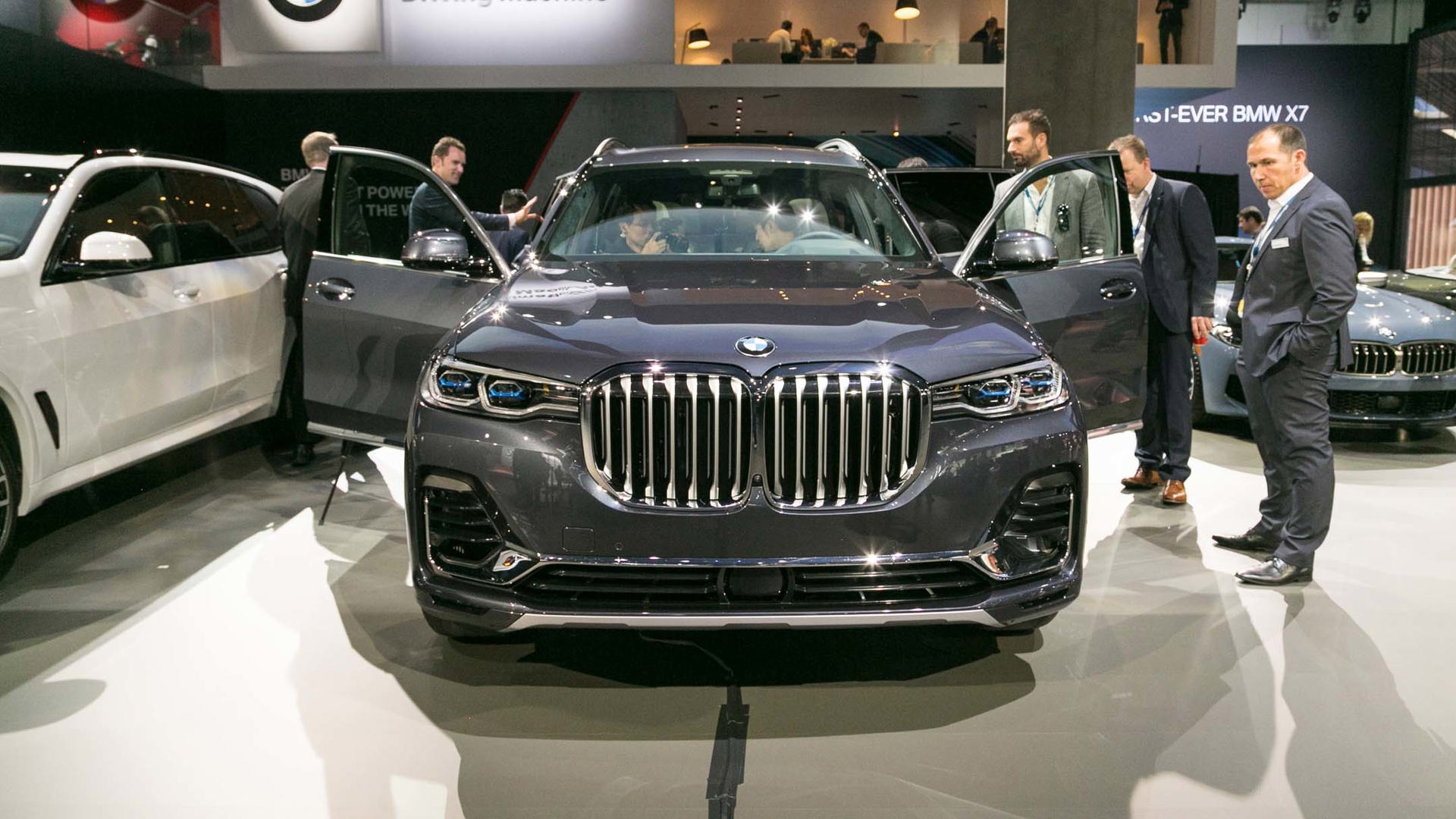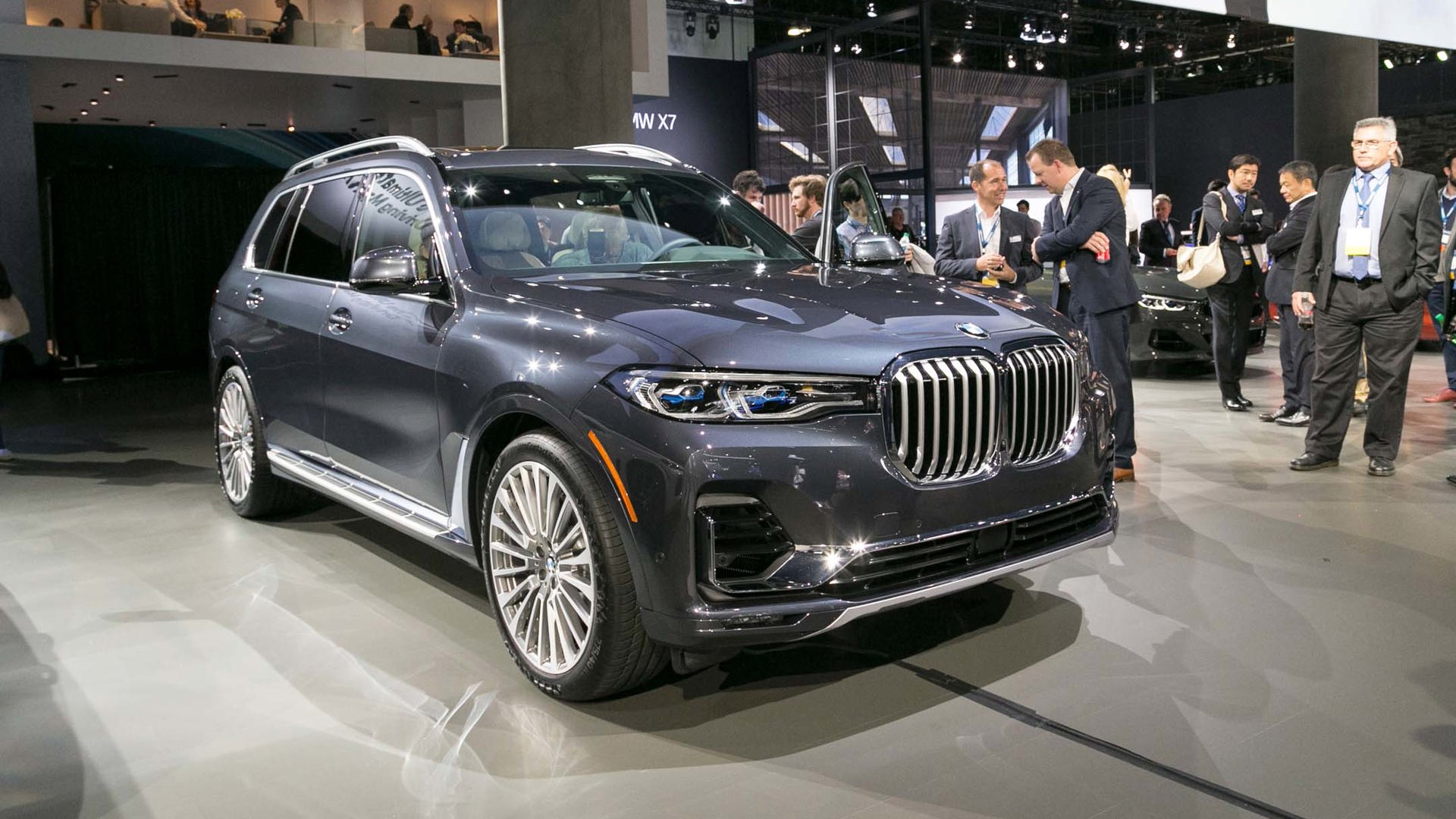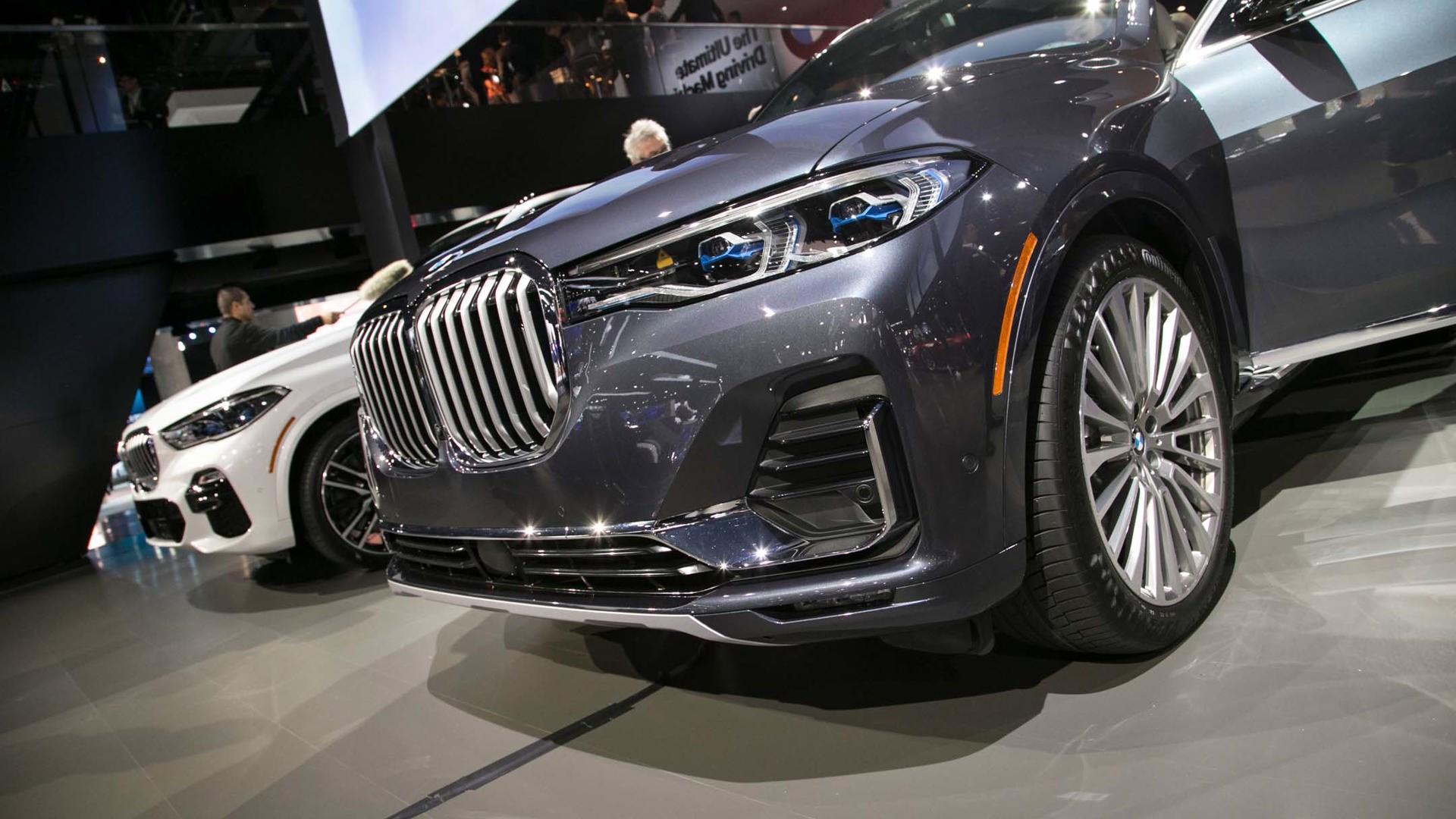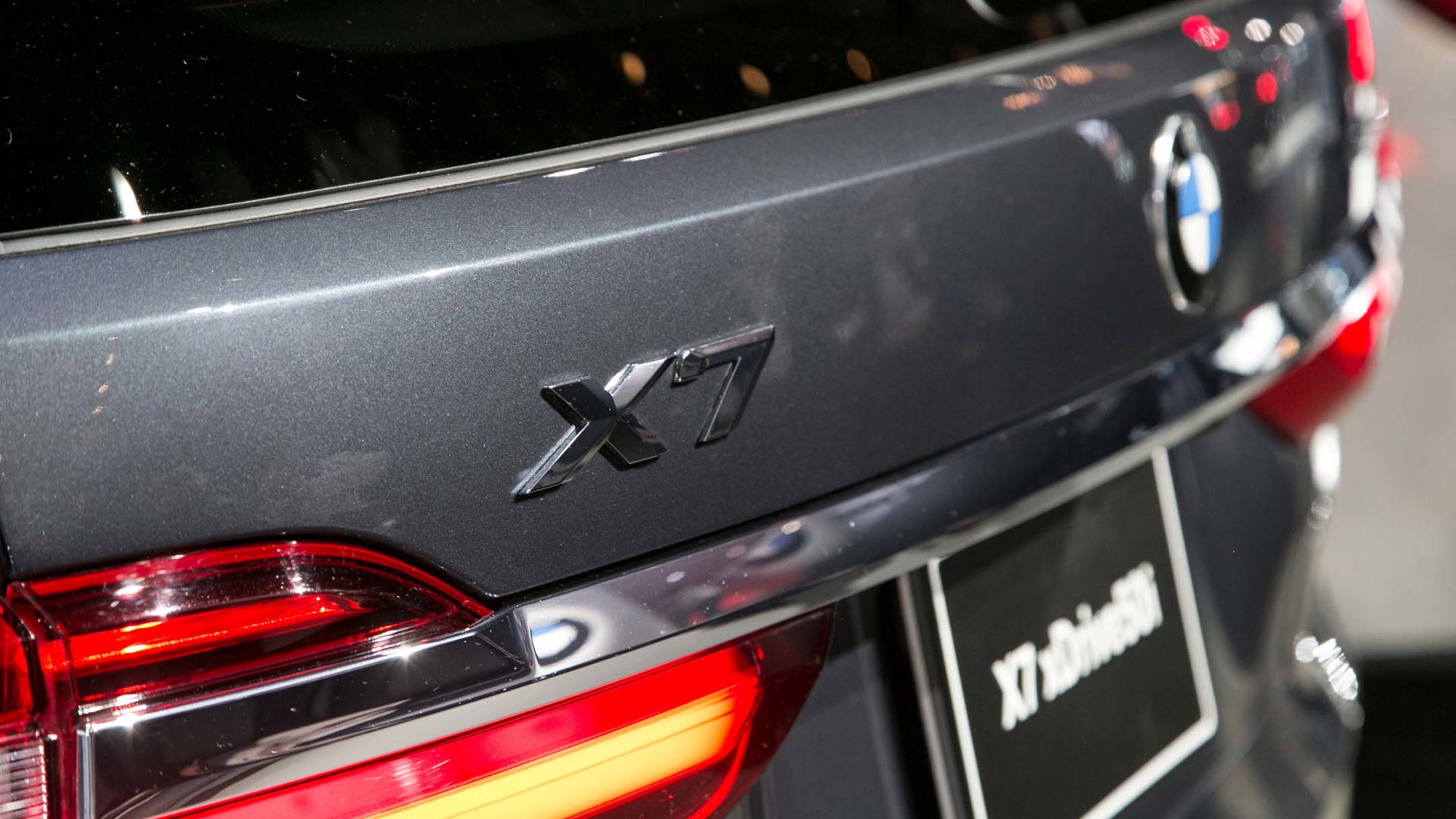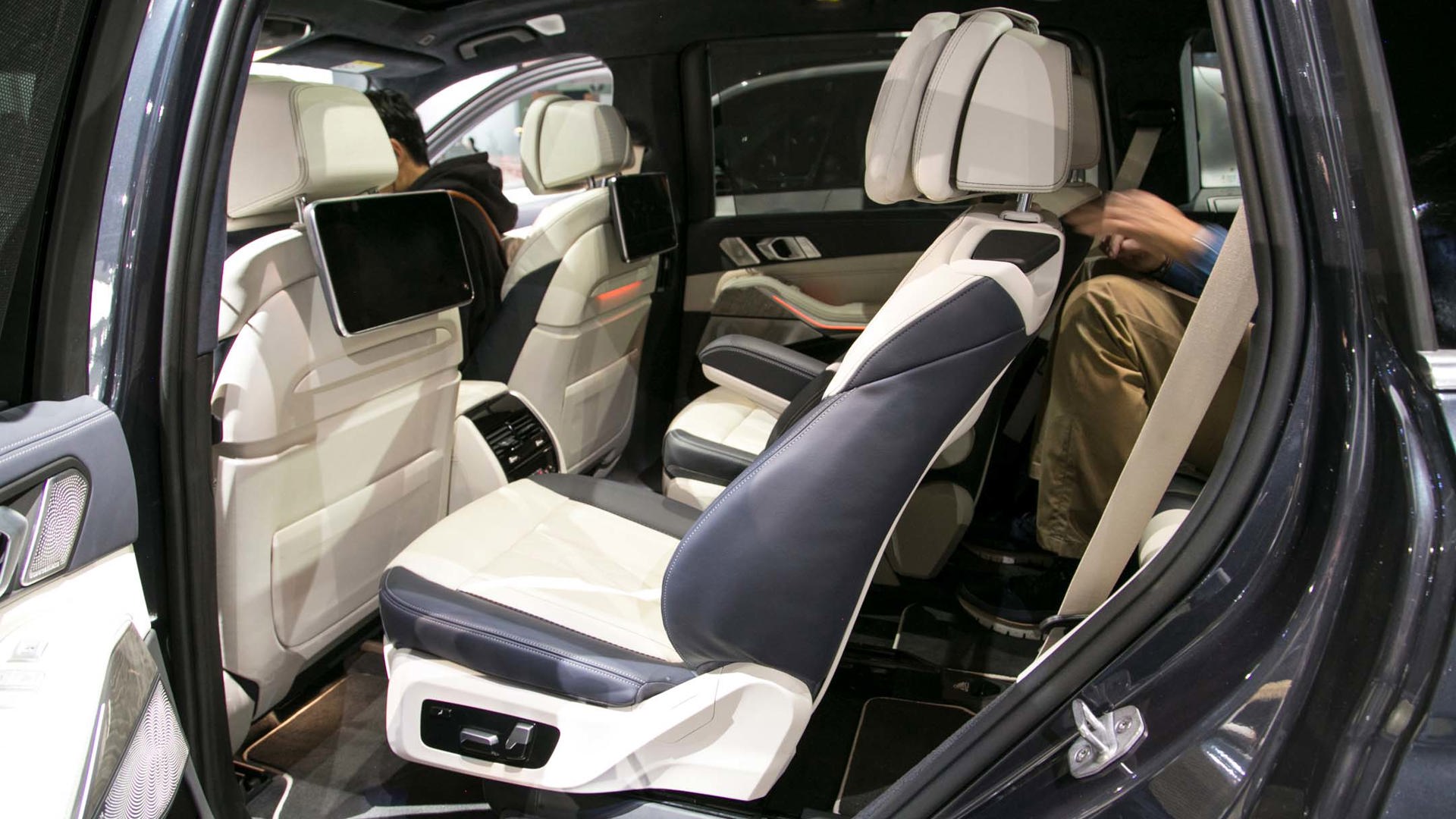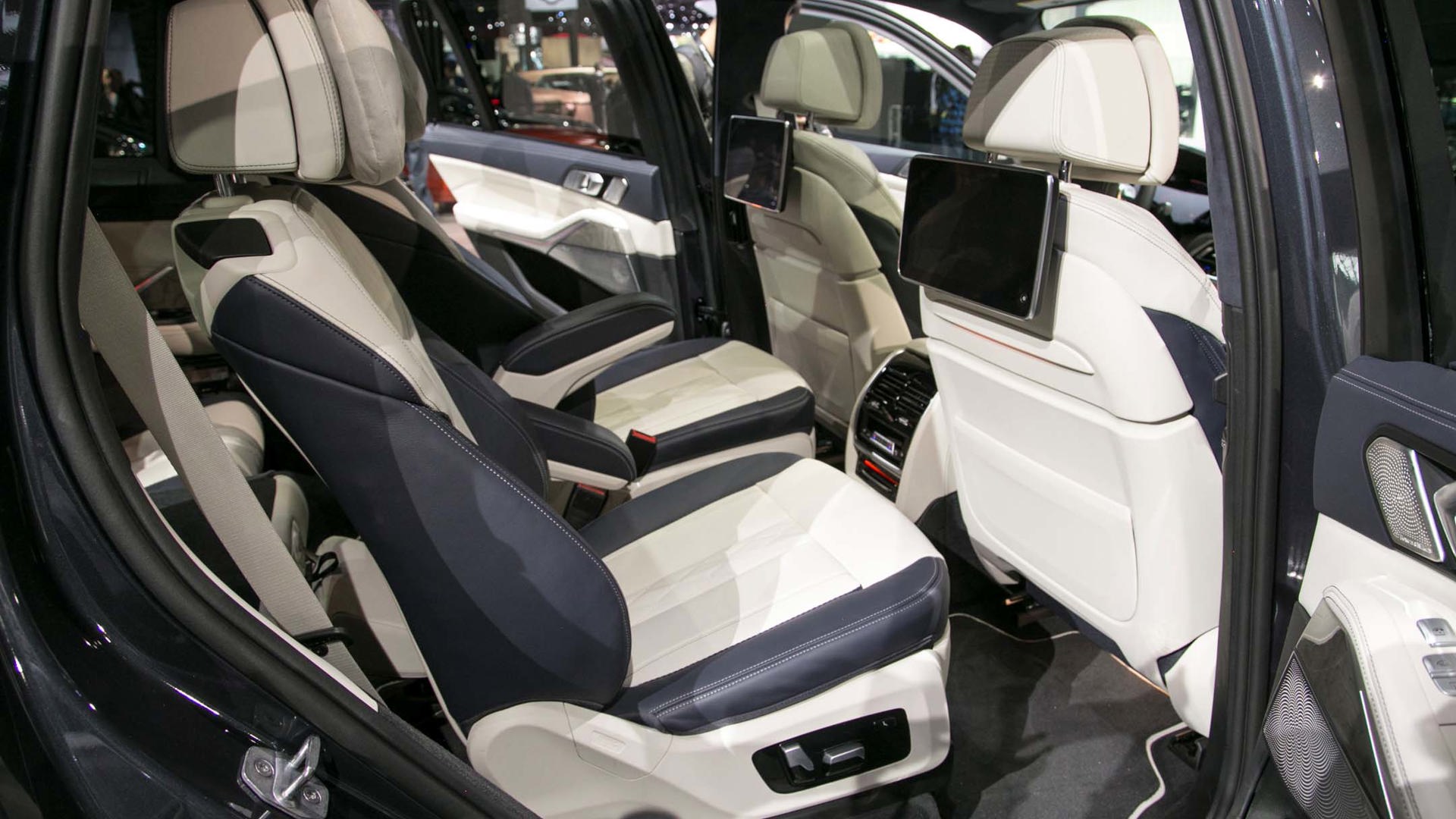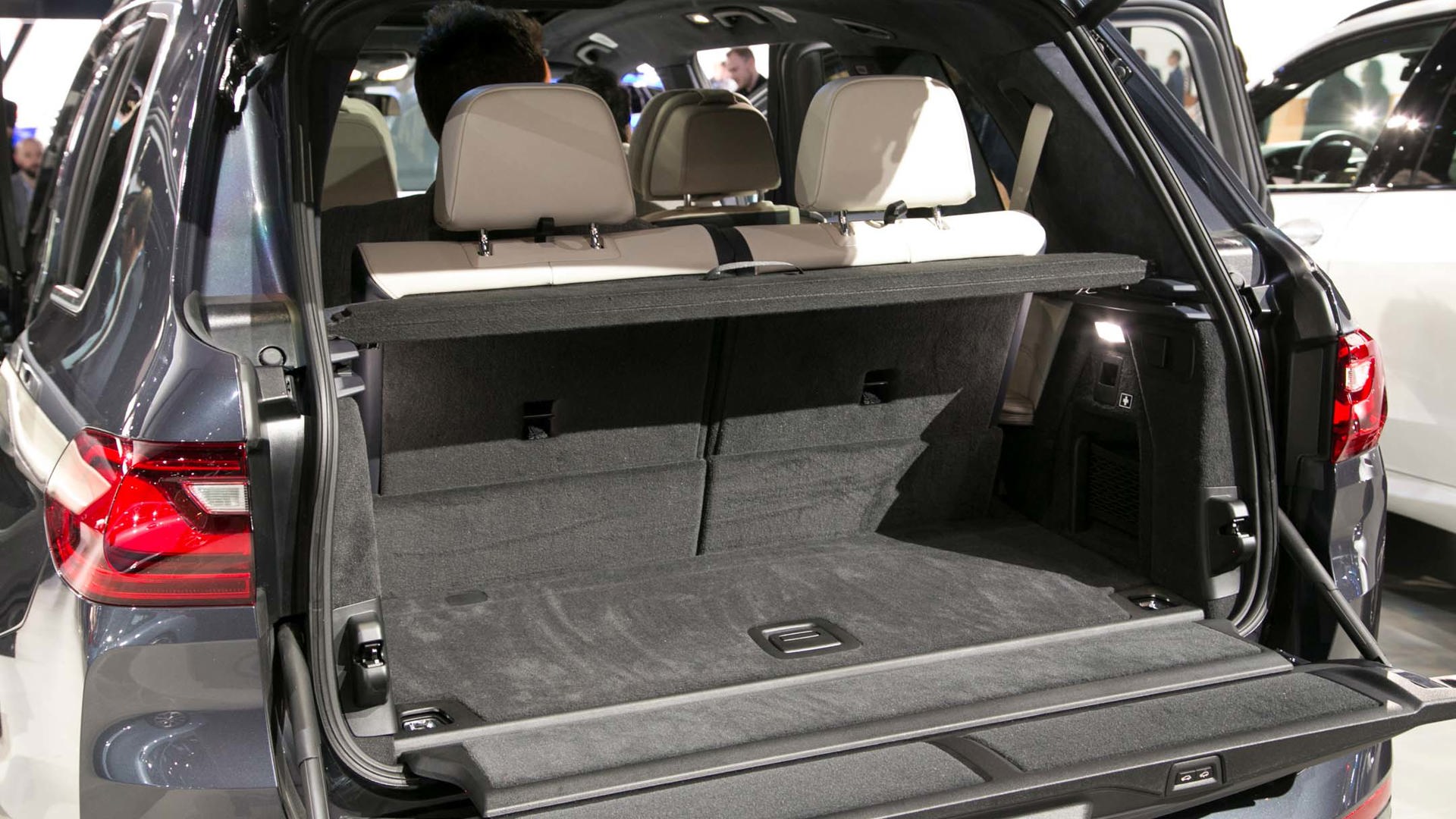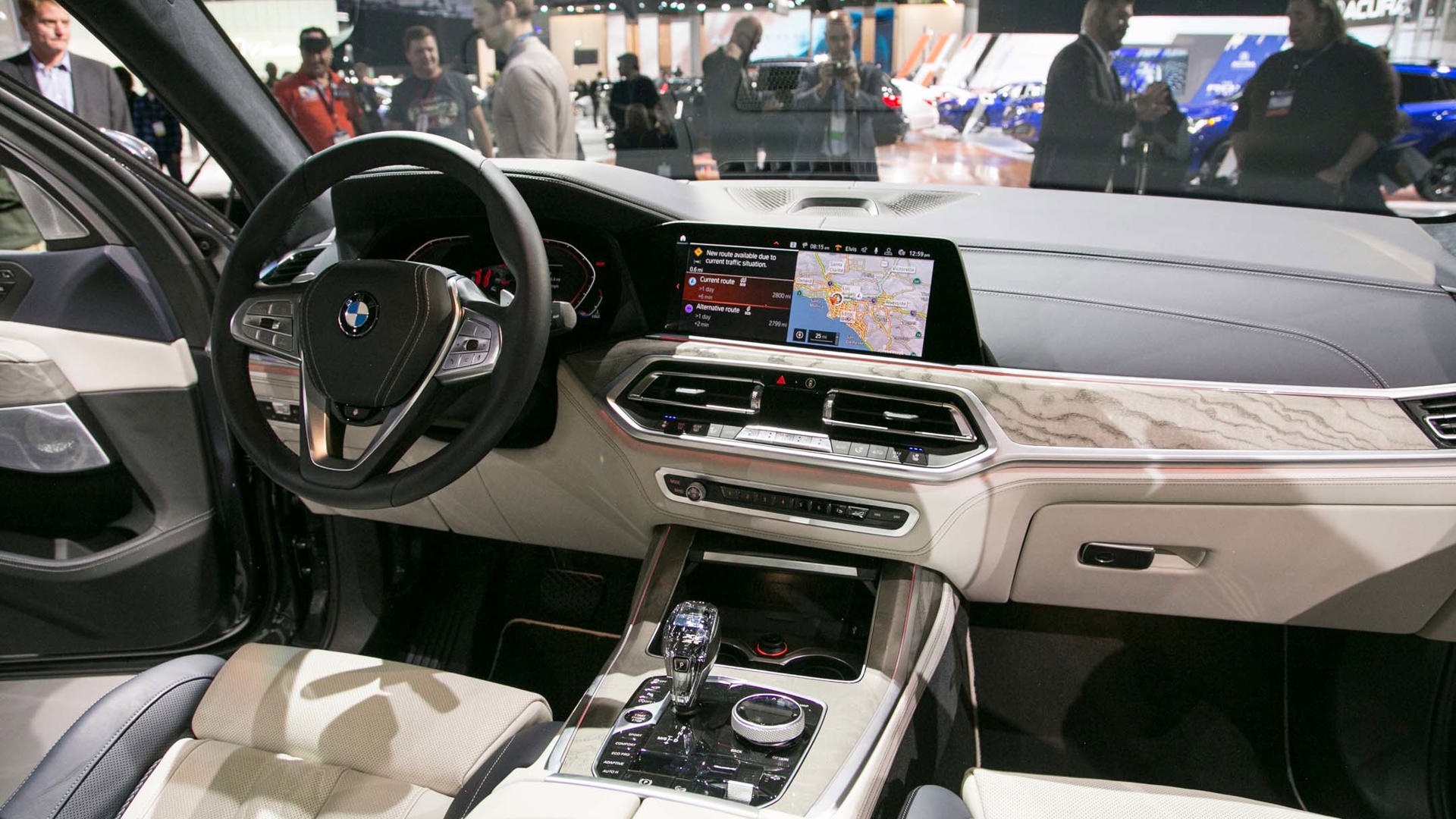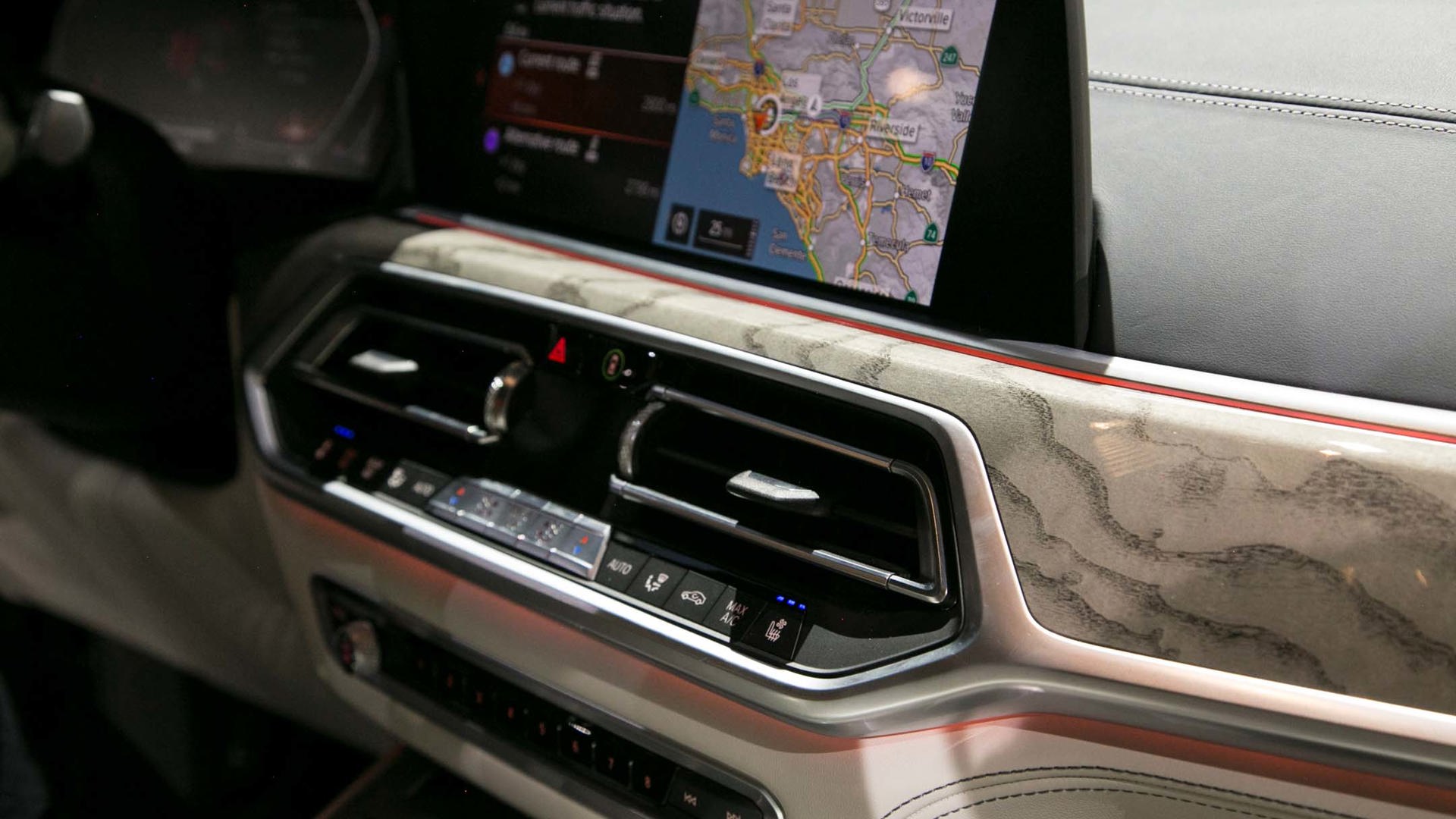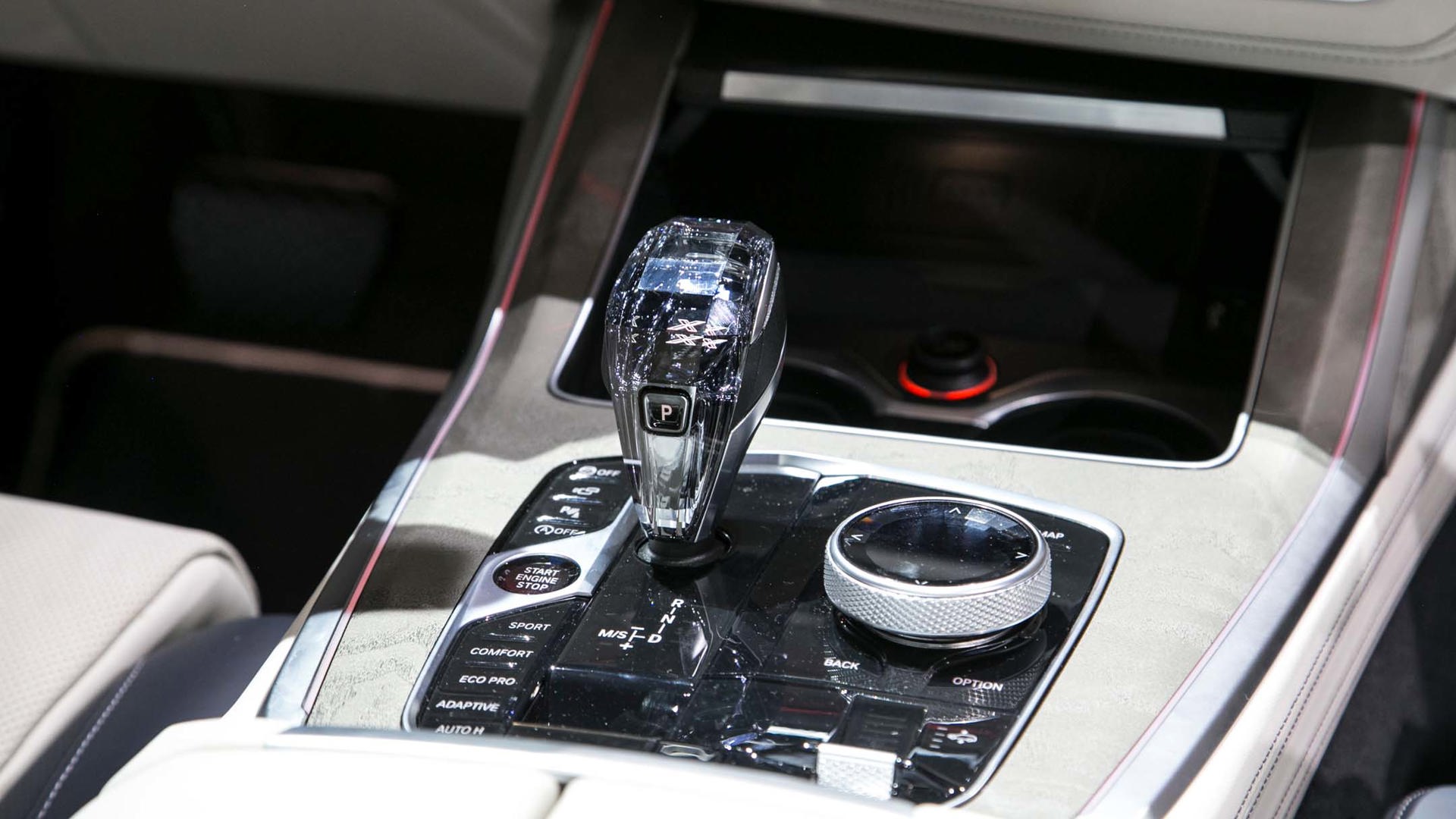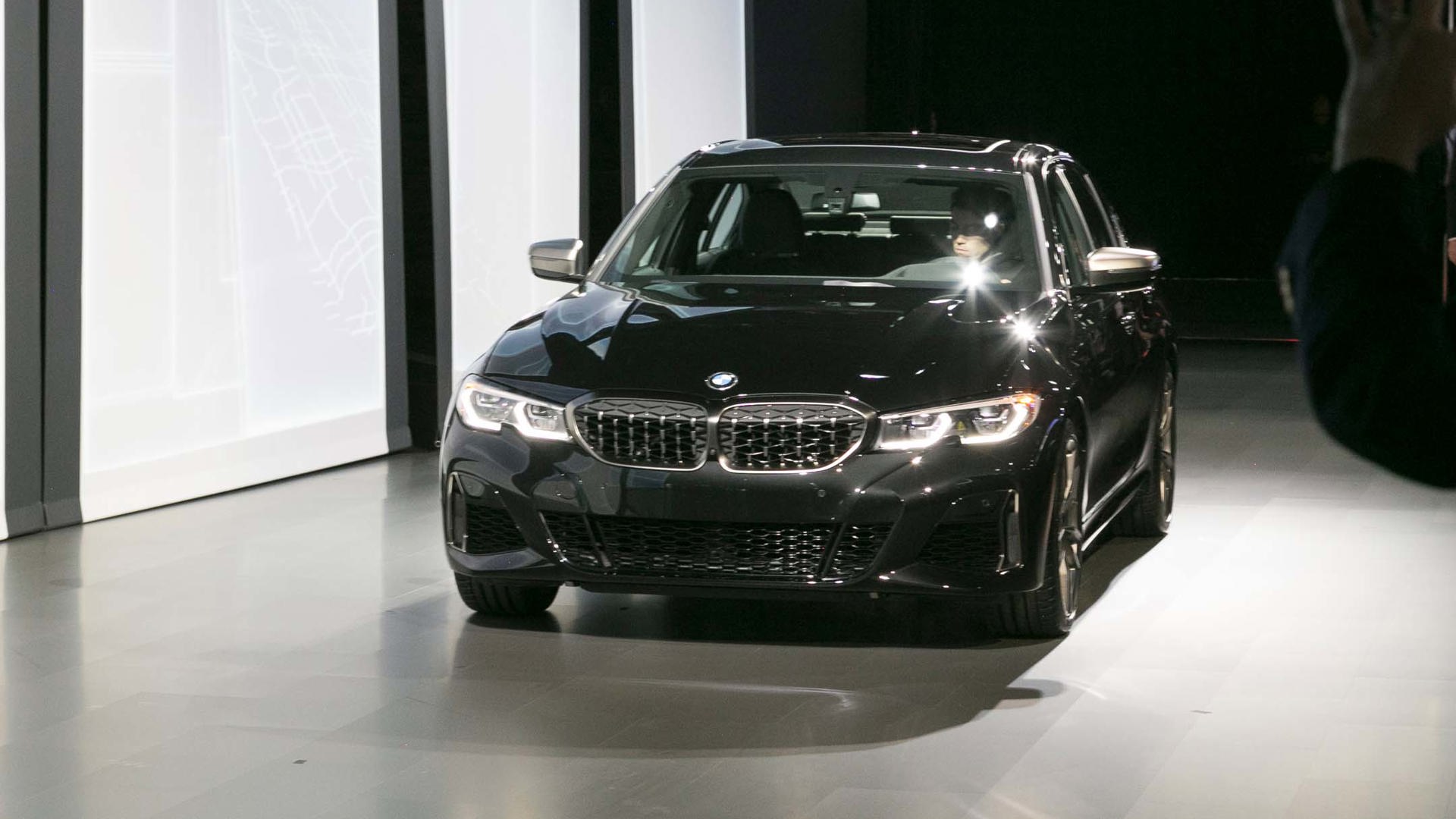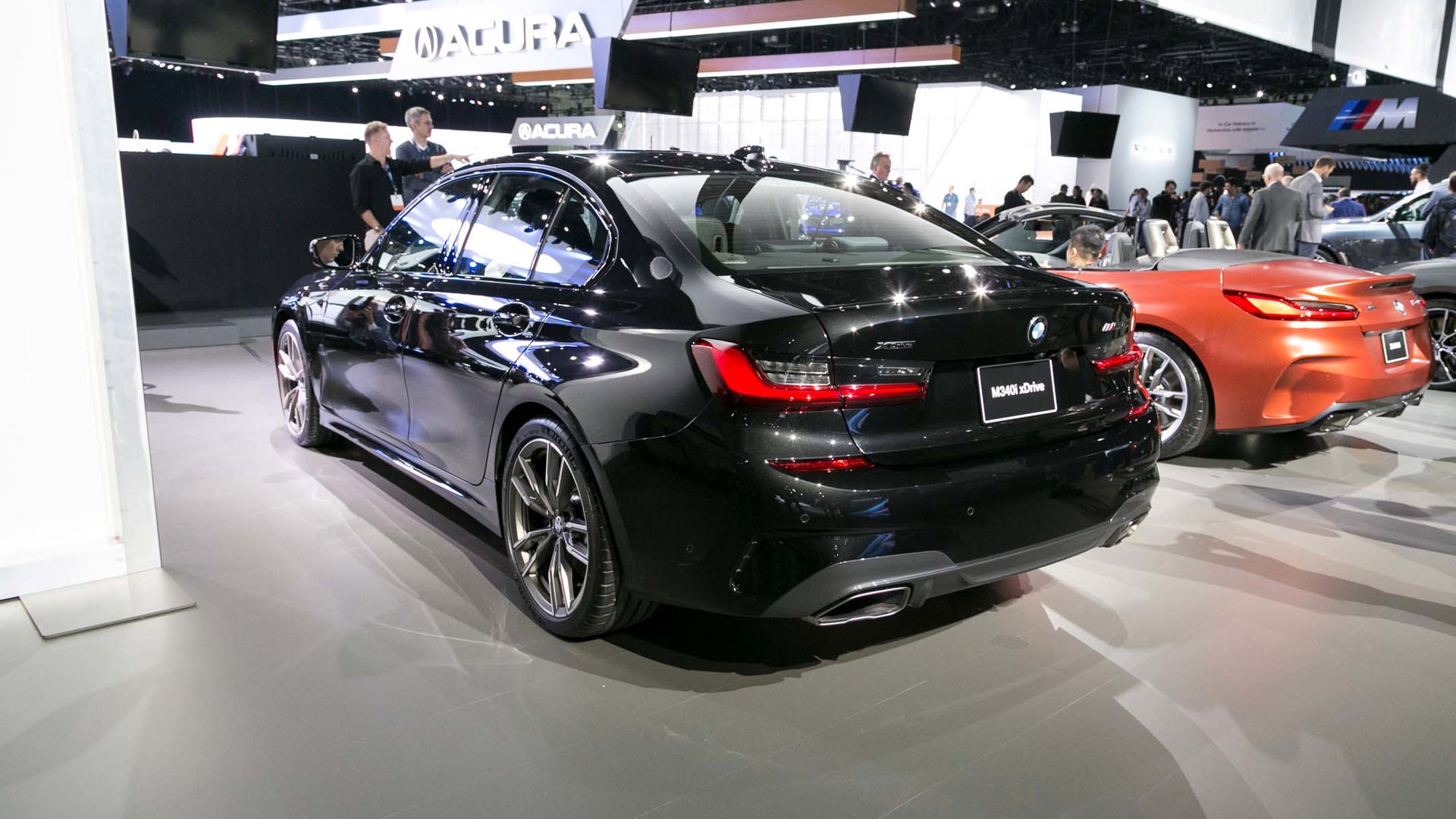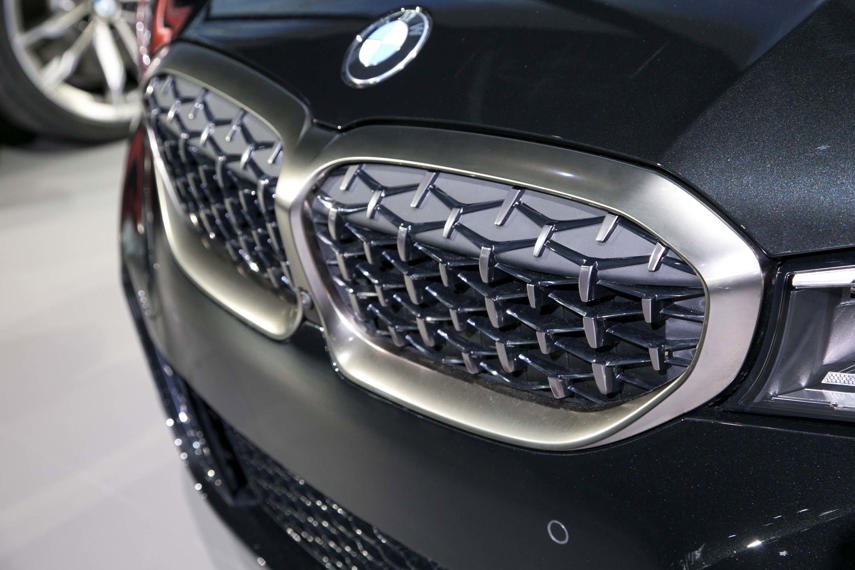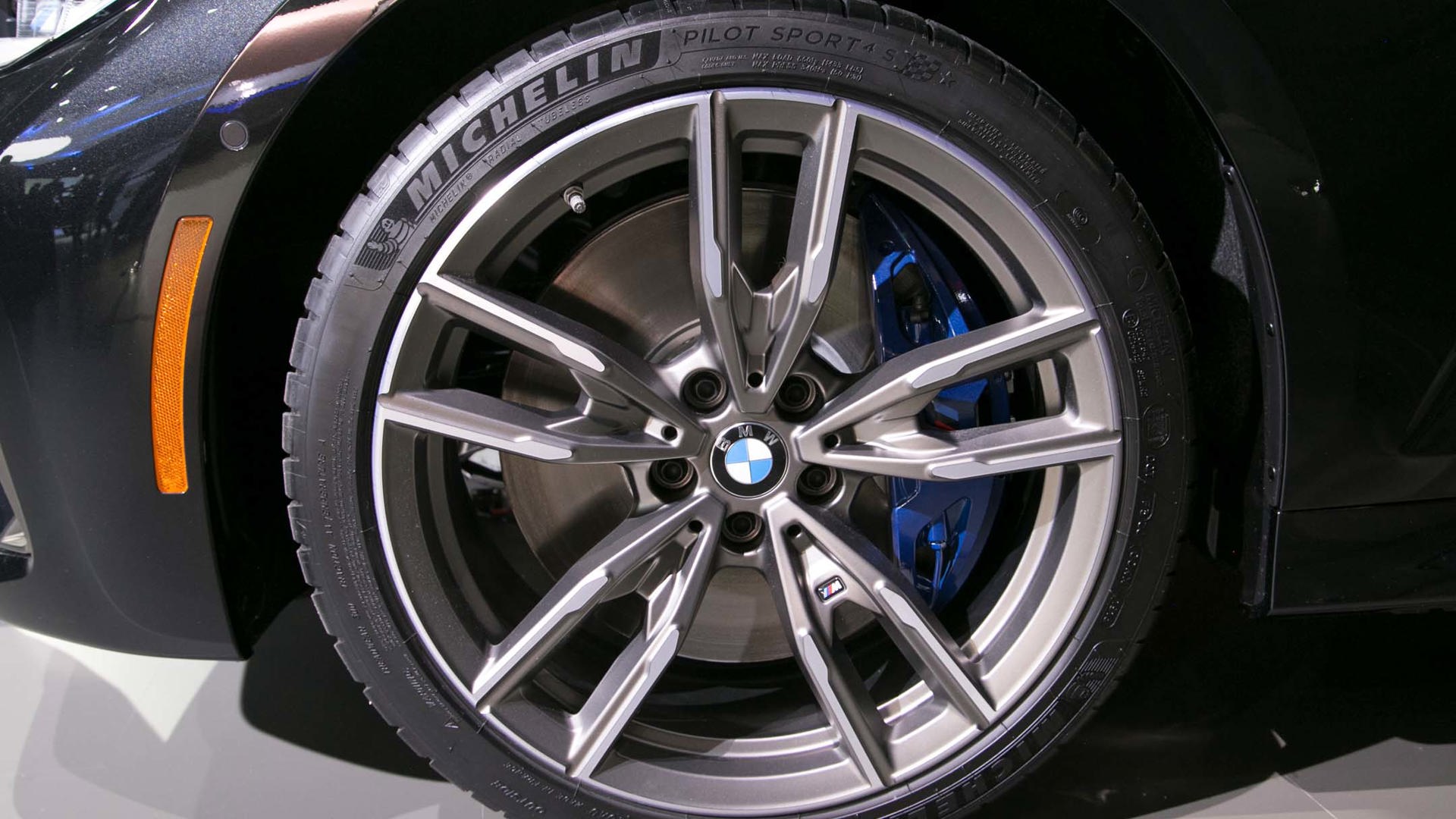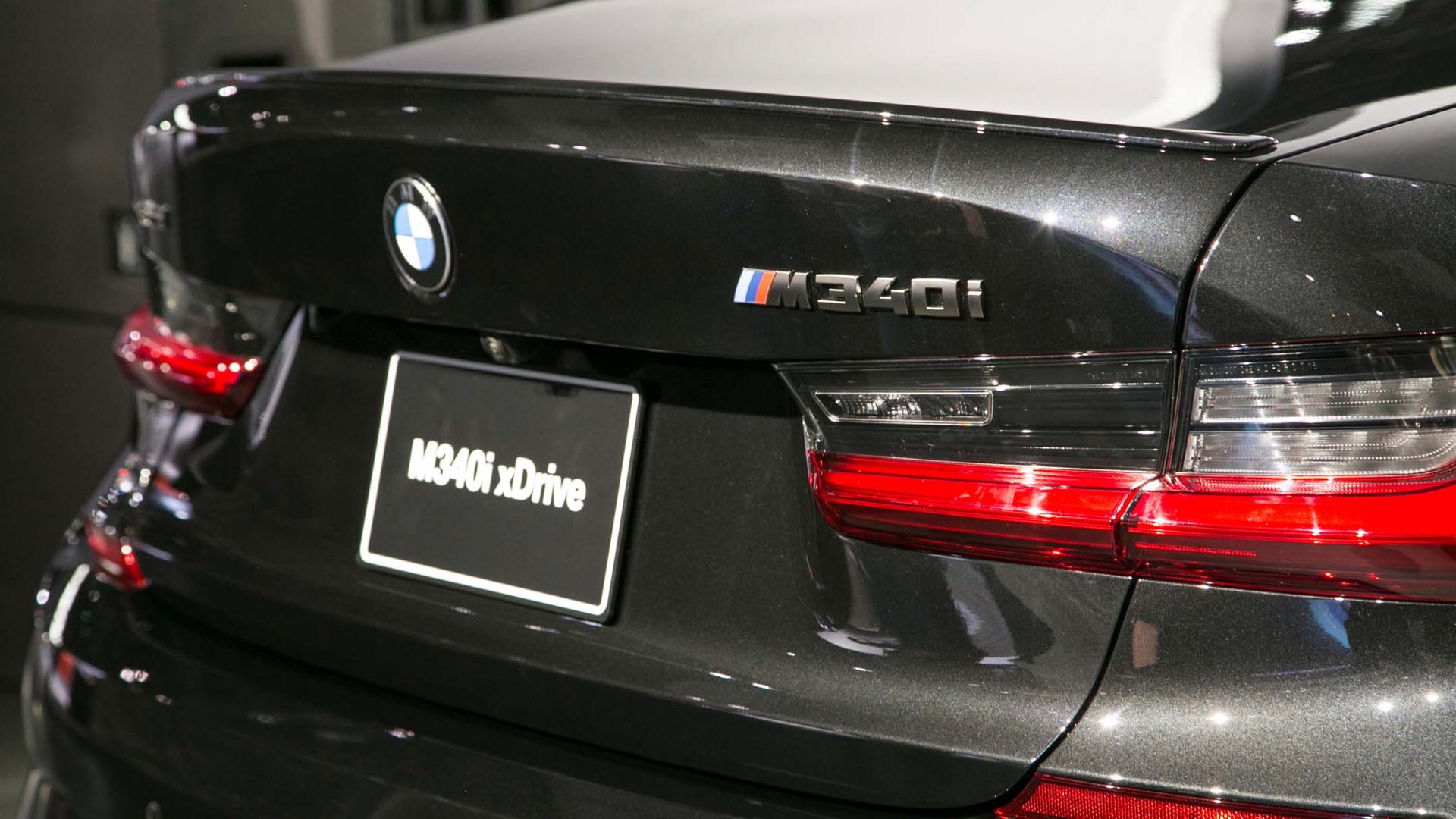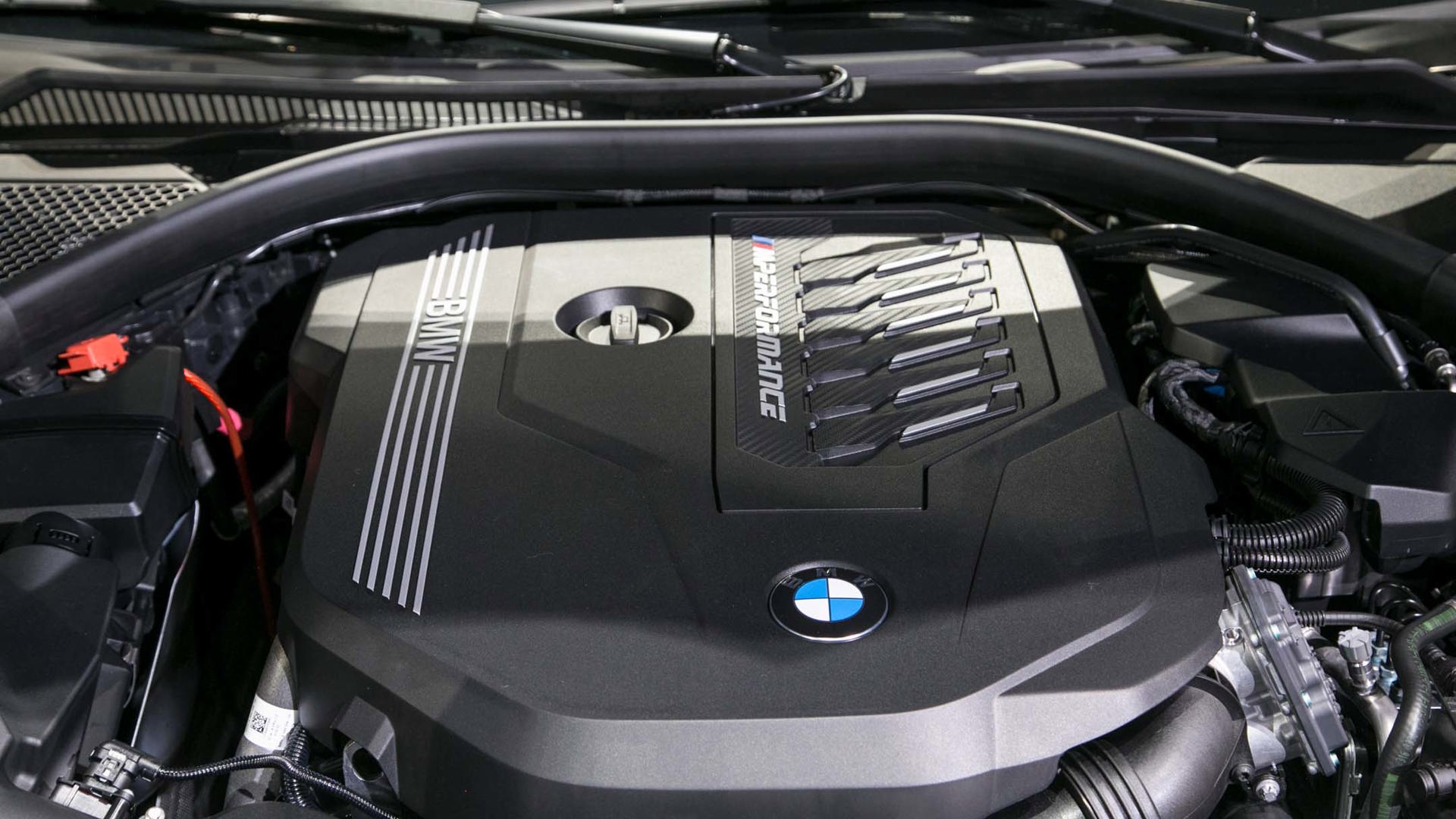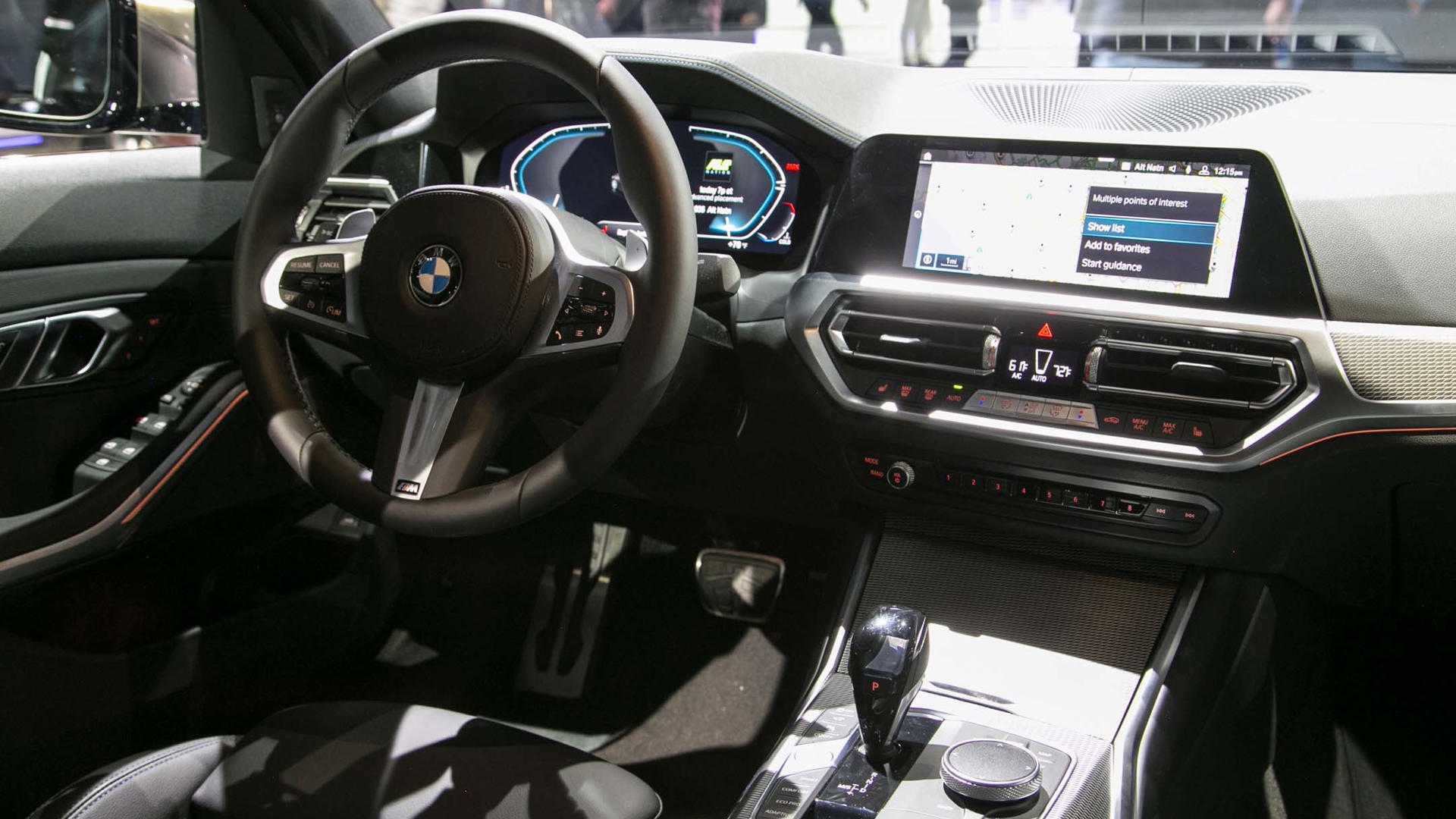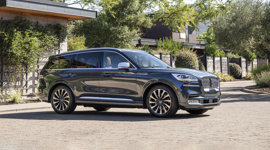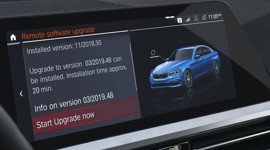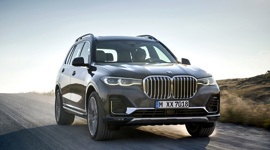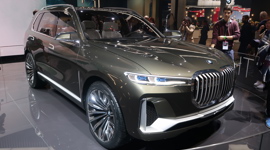Although BMW claimed the Vision iNEXT concept vehicle to be the hero of the show, there were no fewer than three BMW world premieres that should each help solidify the marque’s place as a purveyor of genuine sporting and luxury machines.
2019 BMW M850i xDrive Cabriolet
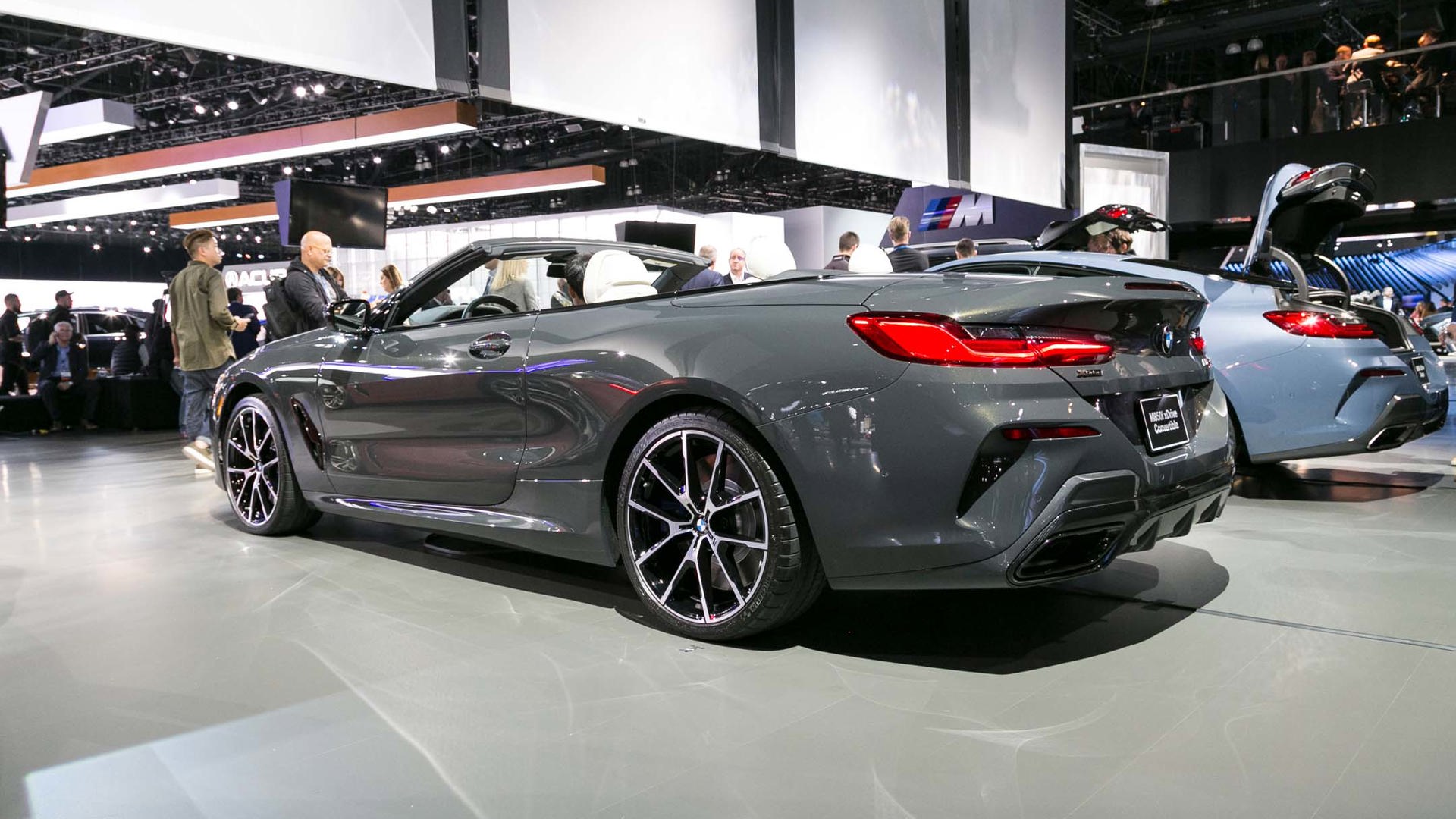
Starting at the top (at least numerically), is the topless version of Munich’s recently released 8 Series Coupe.
Intended to be a sophisticated grand touring machine, the long, low, and wide 8 Series Cabriolet is a modern interpretation of the stylish cruisers BMW has been known for over the decades, including the 6 Series and 8 Series.
Like its Coupe sibling, the M850i Cabriolet is motivated by a 4.4-litre, twin-turbo V8 that produces 523 hp and 553 ft-lbs of torque, resulting in a claimed 0–100 km/h time of only 3.9 seconds.
The V8 is mated to an eight-speed Steptronic Sport transmission. BMW has done a great job of finding the sweet spot between lightning-quick, and buttery-smooth shifts from their eight-speeds in recent years, and this newest version provides a wider gear ratio spread than earlier variations. This reportedly results in improved fuel efficiency at elevated speeds, yet BMW claims this box will do quicker and smoother shifting. Steering wheel paddles are standard, as is Launch Control.
Ensuring four-season functionality, every Canadian M850i will come with BMW’s celebrated xDrive all-wheel drive system. More importantly, the fully electric soft-top is insulated with multiple layers of fabric that not only help keep the cockpit separate from inclement weather, but also reduces external noise.

By using a traditional soft top versus a retractable hardtop mechanism, BMW claims not only a lower weight is achieved, but also a lower centre of gravity for the 8 Series Cabriolet.
The top can be lowered or raised at speeds up to 50 km/h in only 15 seconds via one-touch control on the centre console.
When driving top down, the roof resides beneath a cover that features stitching reminiscent of the dashboard and door panels, lending a premium and unified look. A wind deflector is offered to help keep cabin turbulence to a minimum, plus there are optional air outlets in the headrests available to serve as neck warmers, all in the interest of comfortable top-down motoring.
In addition to BMW’s latest suite of safety functions, an automated active rollover protection system is standard on all 8 Series Cabriolets. The system utilizes two high-strength aluminum rollover bars behind the rear seat headrests that launch into place if a risk of roll-over is detected.
The 2019 M850 xDrive arrives in dealerships in March with a starting MSRP of $131,500. For those looking for even sportier versions, BMW promises a full M8 Coupe and Cabriolet are coming at a later date.
2019 BMW X7
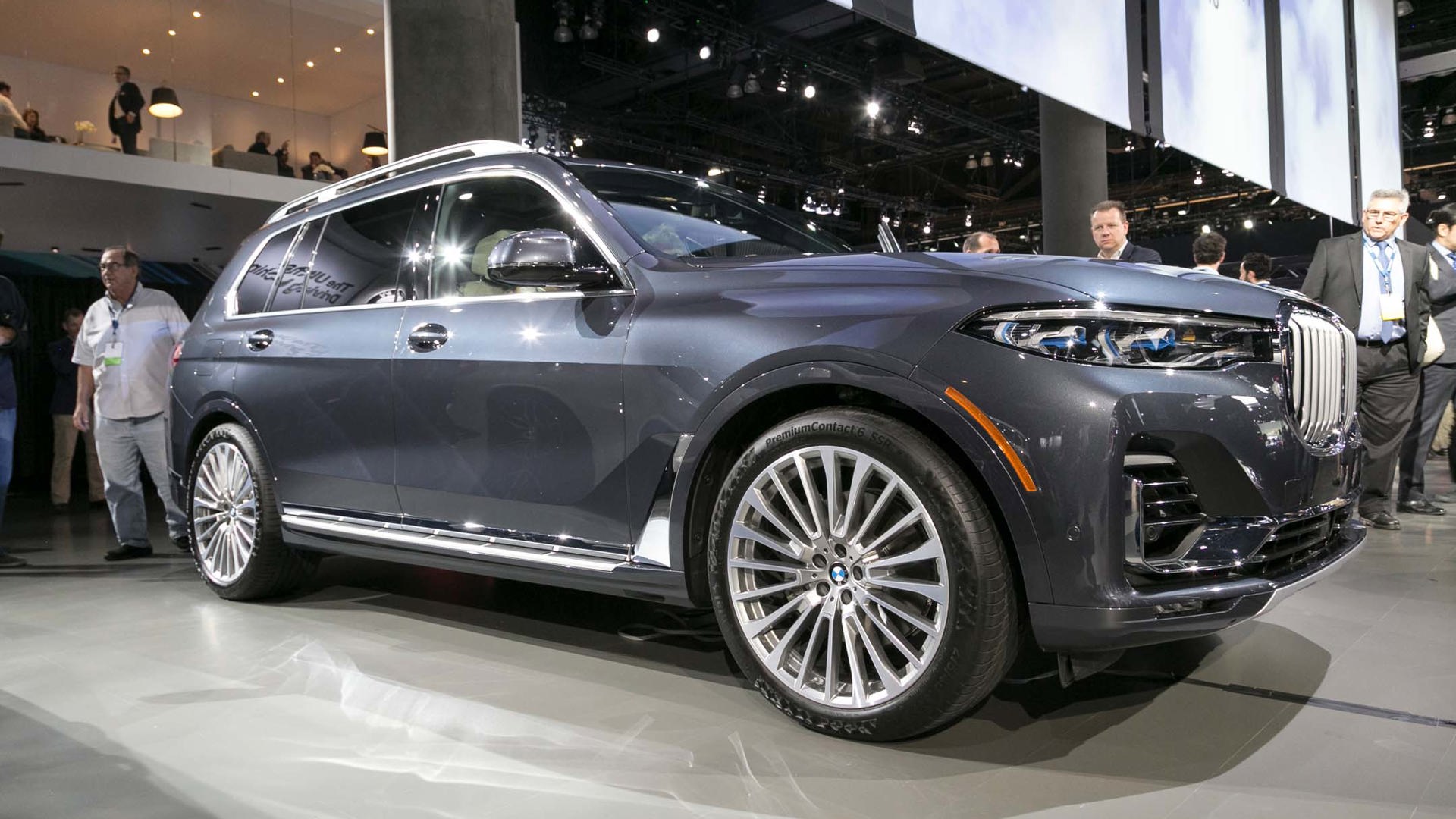
It’s been no secret that BMW was planning to bring to market a new flagship SUV that fits in above the X5 in the brand’s Sports Activity Vehicle line up, and they’ve finally revealed the production version of it in LA.
Measuring over 5,100 mm in length and 2,000 mm wide, the X7 is an expanded version of the new X5. Taking advantage of its 3,105 mm wheelbase, all X7s will feature standard three-row seating, though two variations are available for the second-row configuration. A traditional 3-abreast set up is standard, while a pair of captain’s chairs can be optioned for the second row, offering the same range of adjustment as the front seats. Third row seating is for two, and all three rows are electrically powered.
The interior finishes are of exceptional quality with ornate stitching on the seats.
Behind the third-row seats is a cargo hold measuring 1,376 litres that can be expanded to 2,560 litres when the second and third row seats are folded.
As with BMW’s X5, the cargo area is accessed via a two-section, liftgate / tailgate with standard powered opening and closing functions. To facilitate easier loading and unloading, the X7’s standard air suspension can be lowered via a cargo-area button.
At launch, the X7 will be powered by one of two powertrain options. The X7 xDrive40i is powered by one of BMW’s legendary inline six-cylinder engines. This 3.0-litre is turbocharged and direct injected to deliver a maximum output of 335 horsepower and 330 lb-ft of torque between 1,500–5,200 rpm, allowing for a claimed 0–100 km/h time of 6.1 seconds.
The X7 xDrive50i has a twin-turbocharged 4.4-litre V8 that delivers 479 lb-ft of torque and 456 horsepower, netting a 0–100 km/h time of 5.4 seconds.
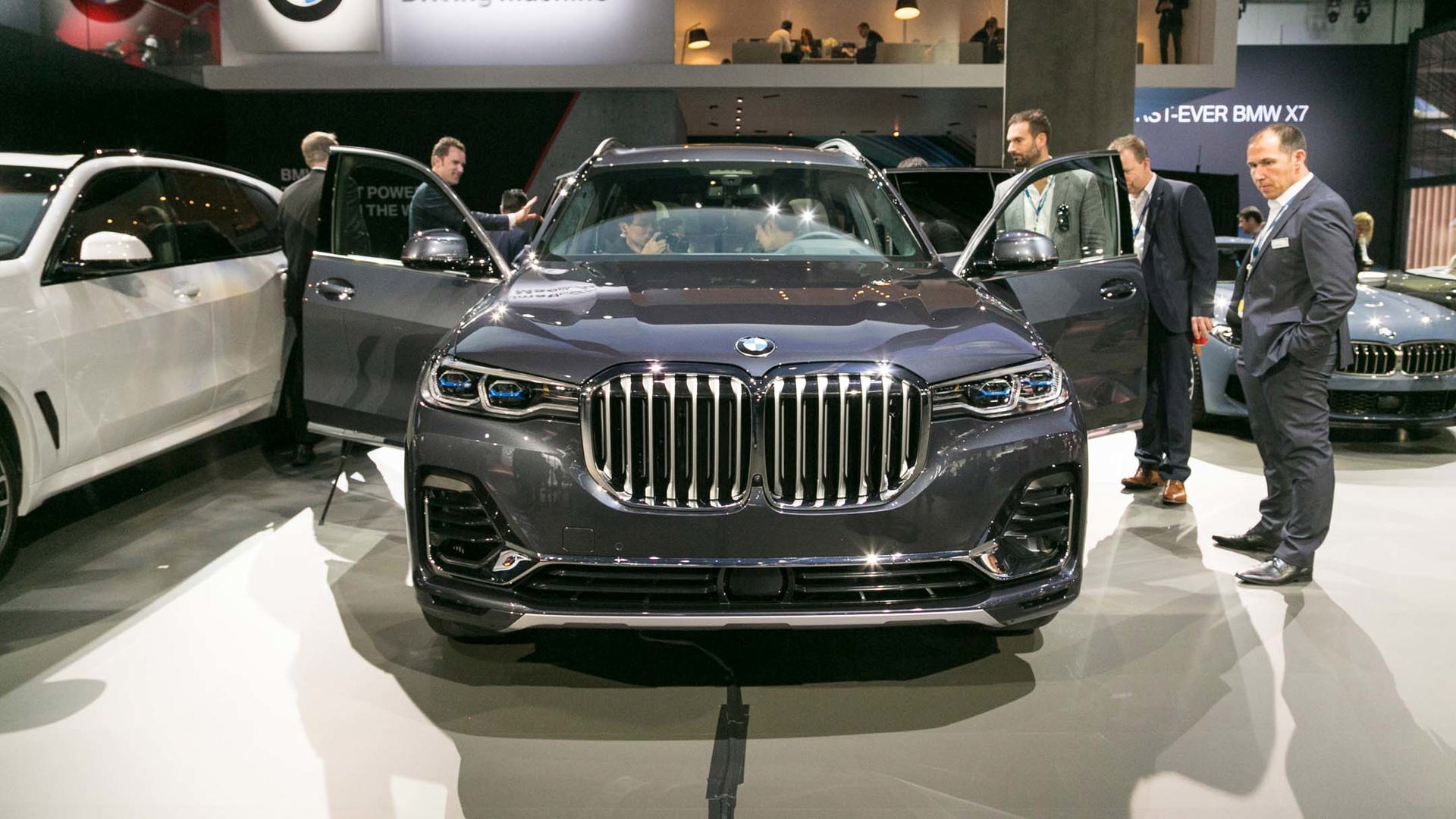
Both engines are mated to an 8-speed automatic with Intelligent Connectivity that works in concert with the navigation system and on-board cameras to adapt its shifting according to the route and driving conditions. This means the transmission is proactive in its shifts, rather than reactive, enabling, for instance, the transmission to hold a gear for better engine braking.
xDrive all-wheel-drive is standard for both X7 models, offering rear-biased programming, as well as an electronic rear differential lock. Additionally, the stability control system can aid in wheel speed management to improve on-road driving dynamics, or off-road stability and traction.
As expected of a range-topping model, the X7 showcases the latest of BMW’s high-tech functions, including the Driving Assistant Professional package that enables the highest wide-spread use of autonomous functionality. In highway traffic jam situations, the X7 can essentially drive itself in stop-and-go traffic up to speeds of 50 km/h, while keeping a (digital) eye on the driver’s eye and head position to ensure he or she is still paying attention.
Parking and back-up assistance technology is also available, enabling the sizable SUV to be squeezed into tight parking spots, even if it means doing so without the driver being in the car.
The seventh generation iDrive infotainment system is standard in the X7 as well, and can be spec’ed to include a number of contemporary connectivity, concierge and digital applications. This can include an Intelligent Personal Assistant that can react to voice commands for things as simple as climate adjustments, to more complex solutions, tied into a user’s personal calendar (integrating times and locations and making suggestions along the route as needed).
The 2019 BMW X7 will reach Canadian dealerships in March 2019. Pricing will be announced closer to the launch date.
2020 BMW M340i
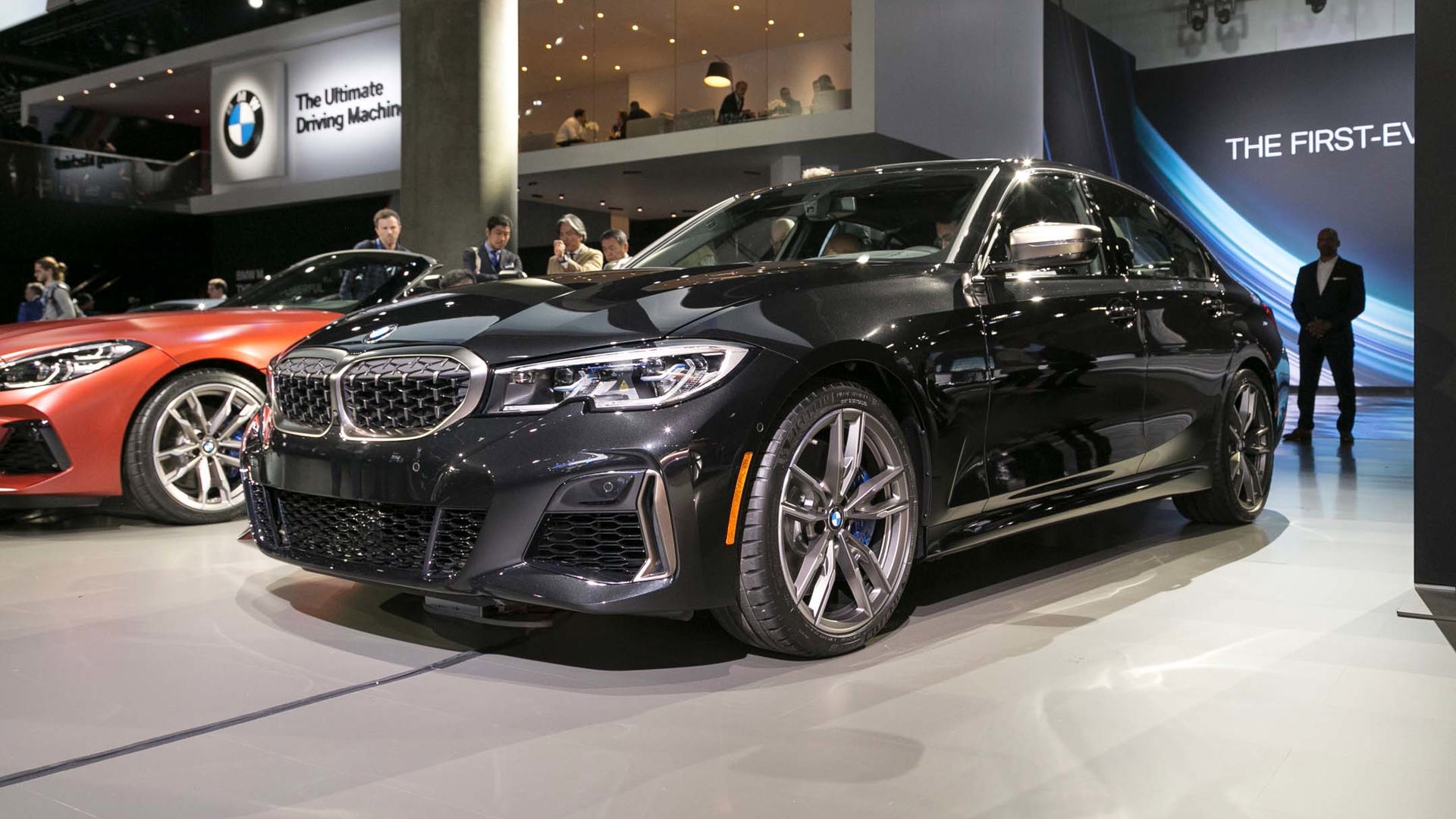
During the unveiling presentation of the M340i, BMW’s executives made it clear that this car, the M340i, represents the core, heart and soul of BMW more than any other model.
They have also promised all those present that this sedan would embody the pure sporting personality the model was once celebrated for.
Still very capable performers, recent generations have grown in size and mass, diluting some of the visceral joy afforded by the previous generations, while some unlikely competitors have emerged and threatened to unseat the benchmark.
The 2020 M340i is the first time BMW has applied an M Performance treatment to the 3 Series. Not a full-blown, track-ready M car, the M340i nevertheless packs some serious sporting credibility. Notably, an updated inline six-cylinder, performance chassis tuning and standard M Sport rear differential all give promise for a sport sedan that should be able to hold its own on back roads or even the track.
The new engine remains a 3.0-litre, inline-six cylinder, but the twin-scroll turbocharger has been lightened to enable quicker spooling (and thus, power delivery). A dual-mode sport exhaust is included and enables the 6-cylinder music to be fully enjoyed in Sport or Sport + drive modes.
The result is 382 horsepower and 369 lb-ft of torque which both represent significant increases over last year’s 340i. All that power is directed to either the rear or all four wheels through an 8-speed automatic transmission. Sadly, take rates for manual 340s in the previous generation were so low that a stick-shift is no longer offered.
Just as important as the power bump is the new M340’s weight loss program thanks to an increased use of aluminum. In total, up to 50 kg has been shed which will surely contribute to livelier performance.
The mass reduction should also help fuel efficiency, as will the highly impressive drag coefficient of 0.26, thanks to a sealed underbody, air curtains in the front end and even aerodynamically optimized wheels.
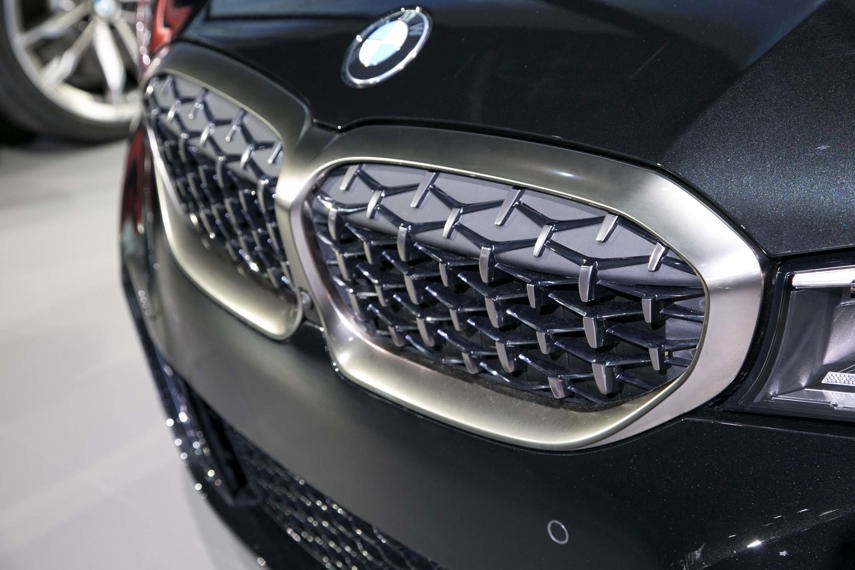
The M Sport suspension is standard on the M340i and M340 xDrive, with an electronically-controlled Adaptive M suspension optional on each model as well. BMW boasts a low centre of gravity, a 50:50 front/rear weight distribution, increased camber and track width, each front and rear, and a substantial increase in body stiffness should all help M340i deliver on its superior handling assurance.
Variable Sport steering is standard on the M340i, with its variable ratio, enabling steady on-centre tracking, with quick response when cornering. BMW claims a more direct, agile and precise steering feel, but we will reserve judgement on just how much it’s improved until we can get some seat time.
M Sport brakes (identified by their bright blue calipers) are standard equipment and should collaborate well with the M Sport differential and Dynamic Stability Control system to help keep the M340’s higher performance capabilities manageable and stable at speed.
The M Sport differential in both the rear-wheel drive and all-wheel-drive sedans is an electronically-controlled, variable locking rear differential designed to enhance traction and cornering. BMW claims the effect is better managed power delivery to where it is put to optimal use, meaning in a quick succession of curves, the 340i will maintain composure better than a car without the locking differential.
Despite a renewed focus on driving dynamics for the 2020 M340i, BMW has still found it necessary to make the new 3 Series a larger car in every appreciable aspect. And they’ve also added in niceties like a larger surface area for the glass sunroof, greater noise isolation, upgraded sound systems and of course, more driver assistance packages.
The M340 will arrive in Canadian dealerships in summer, 2019. Pricing has not yet been released.
